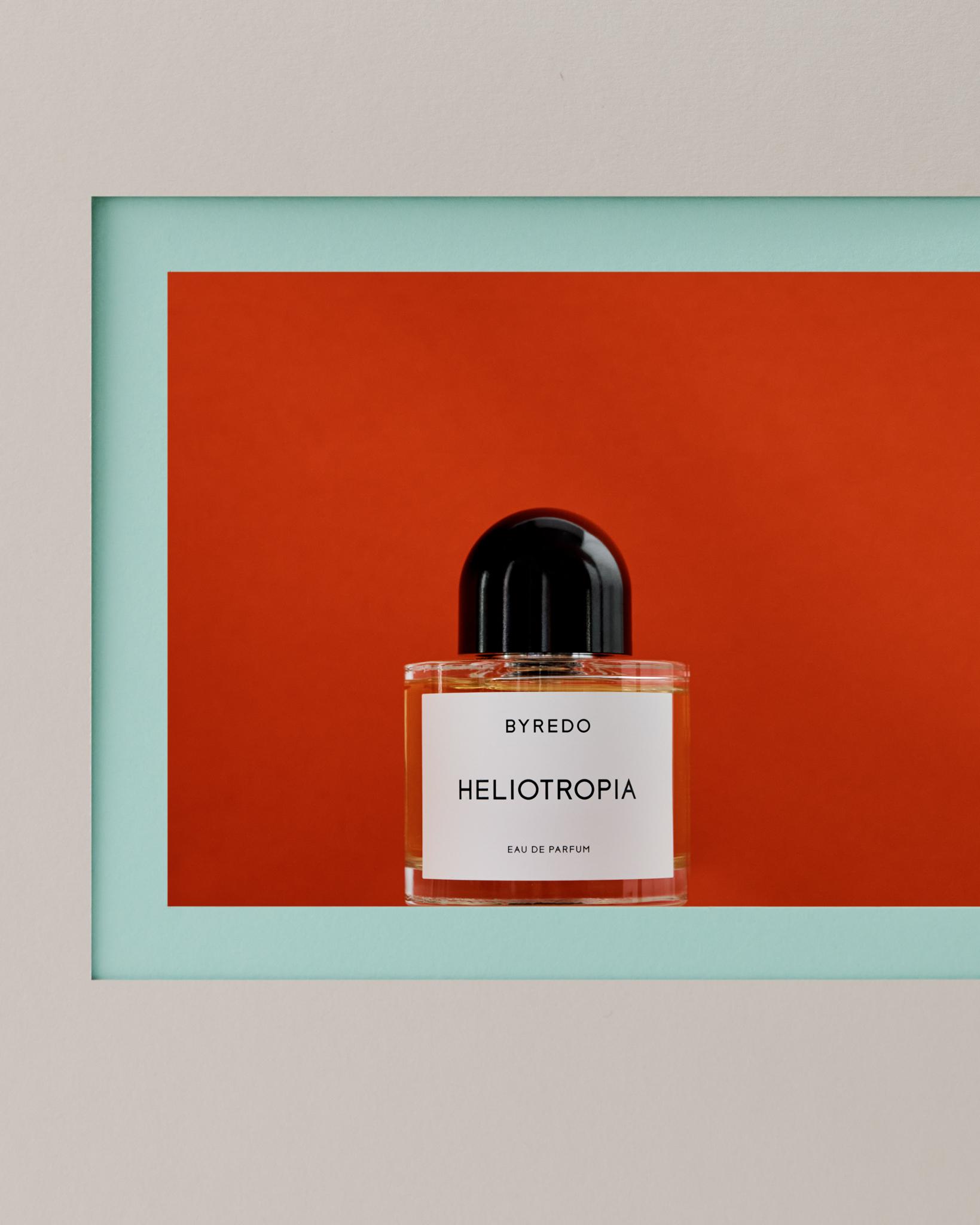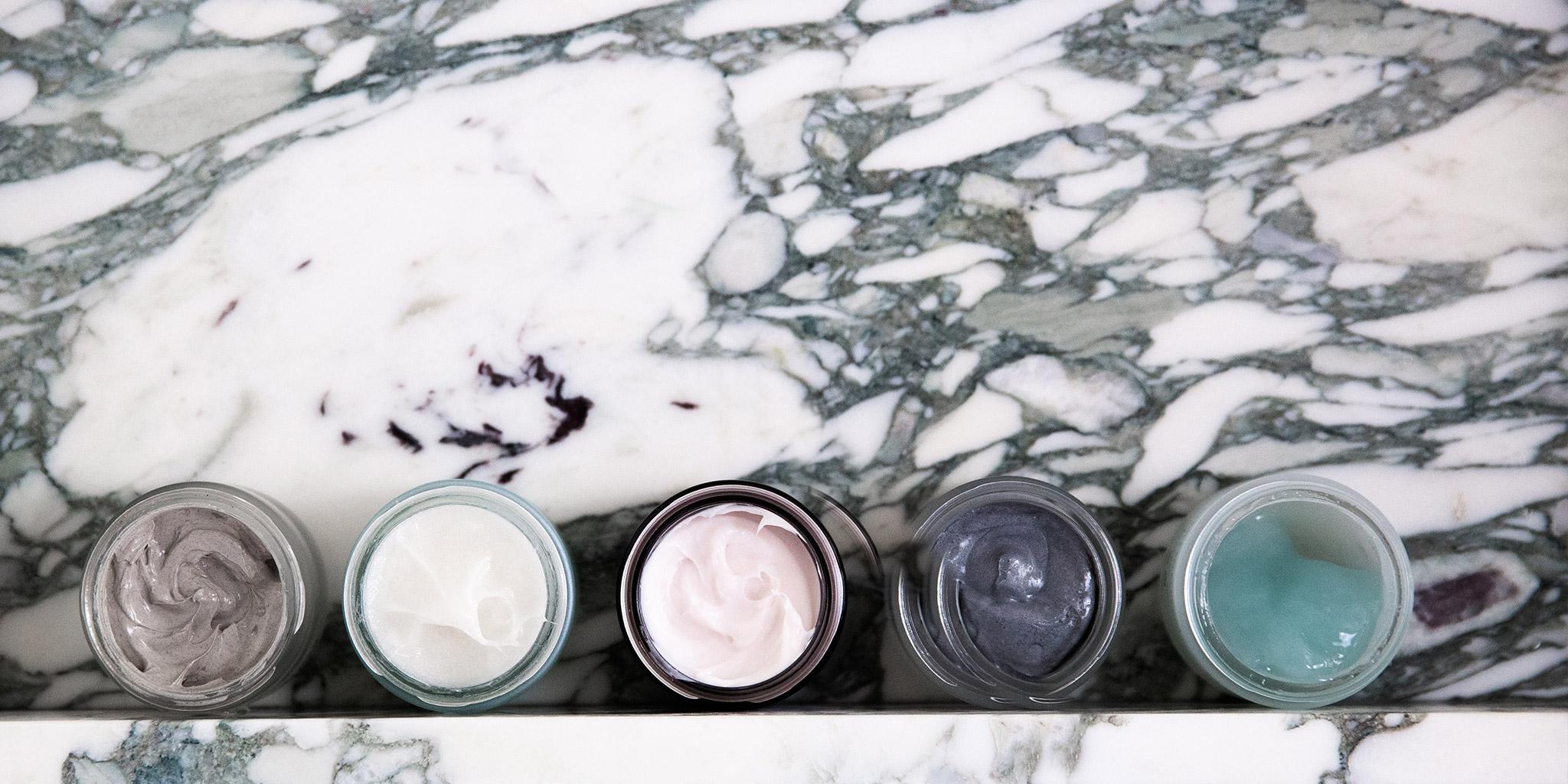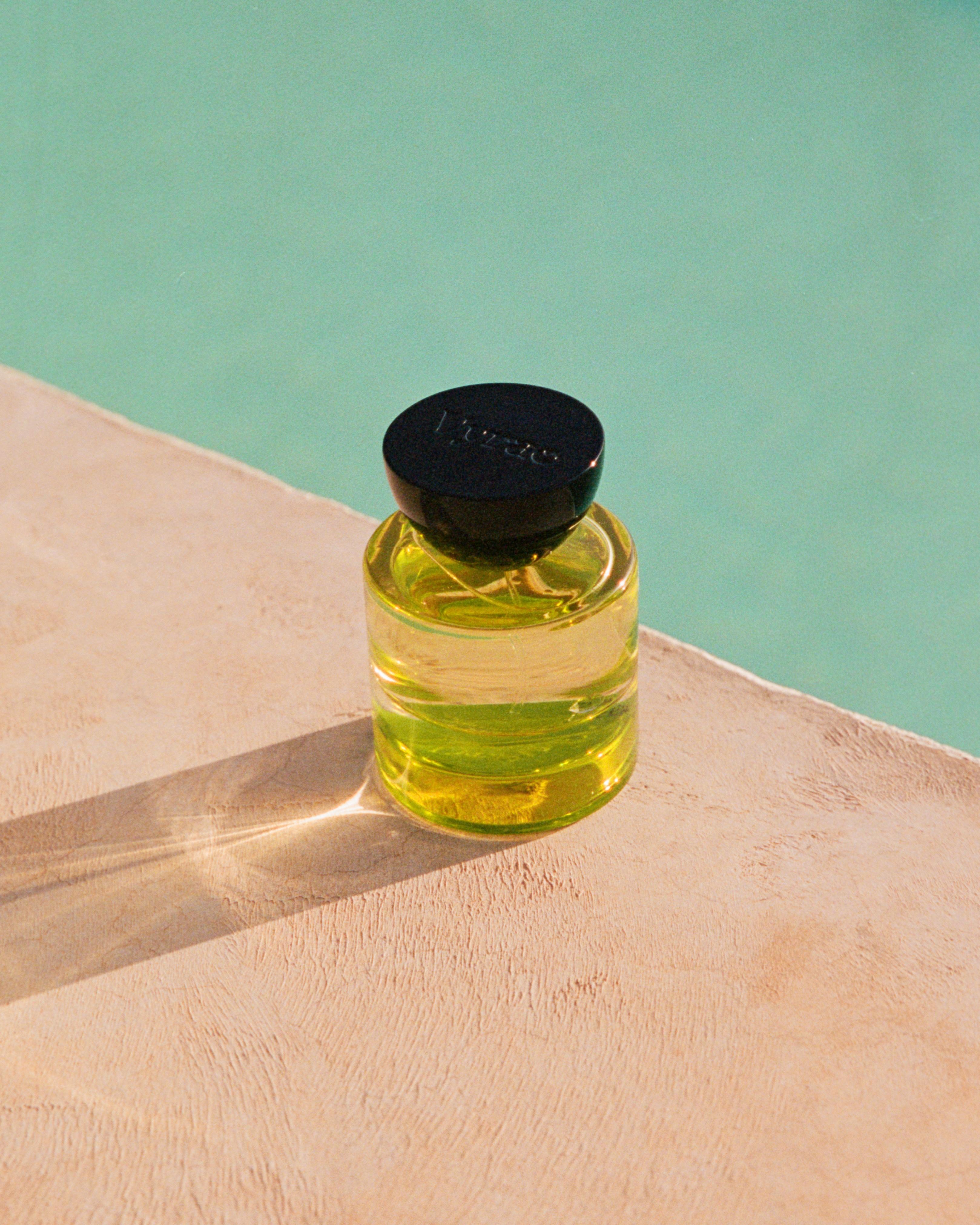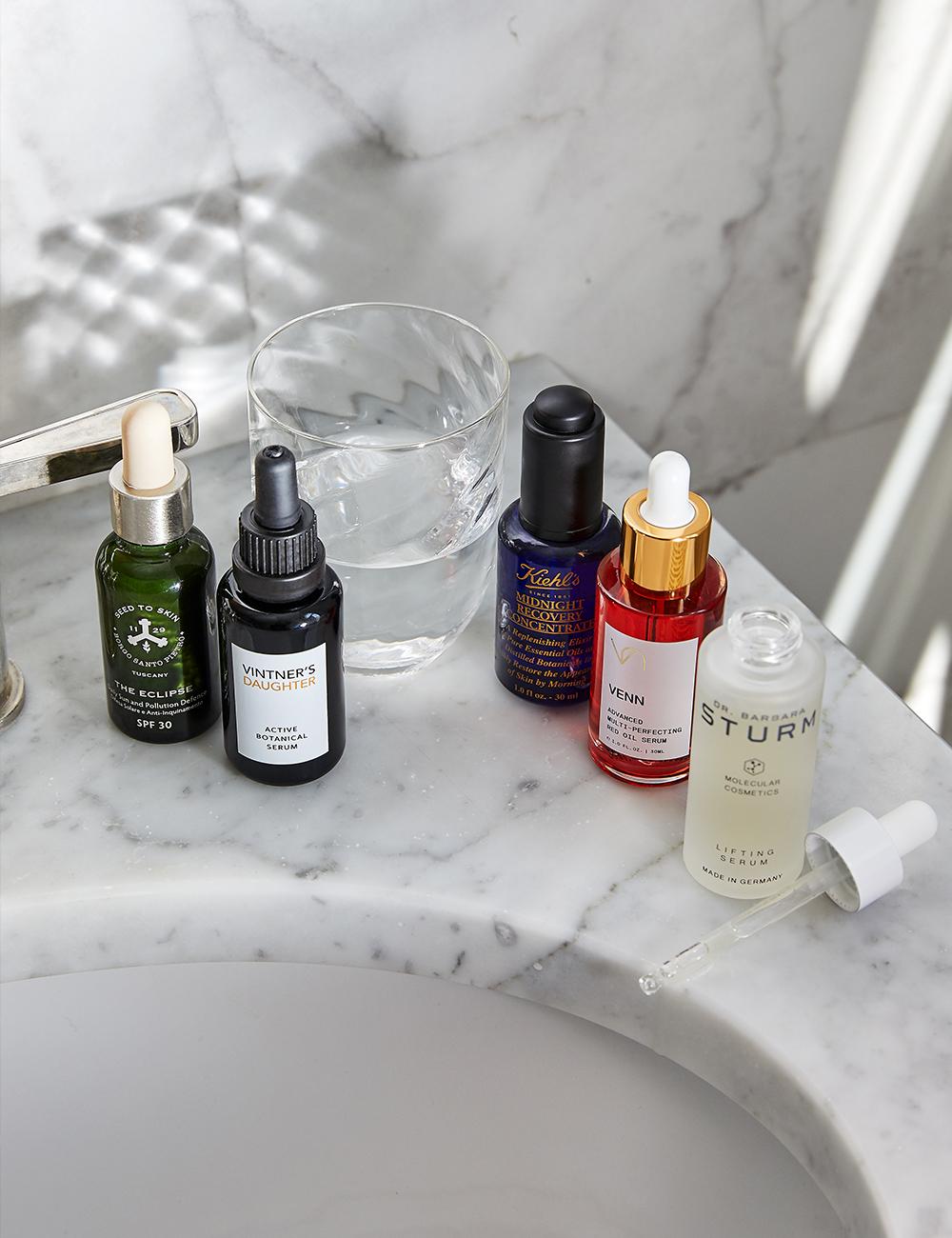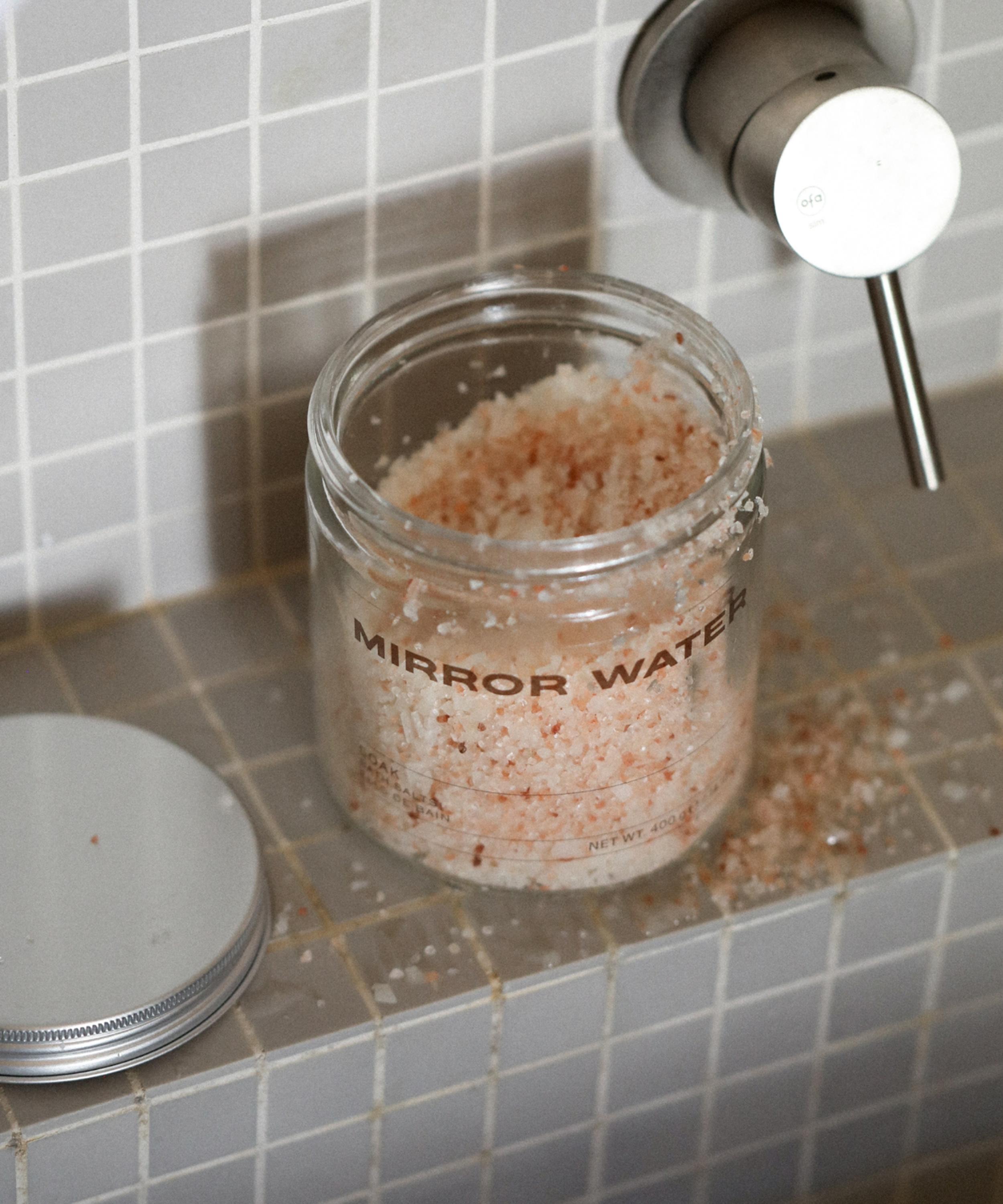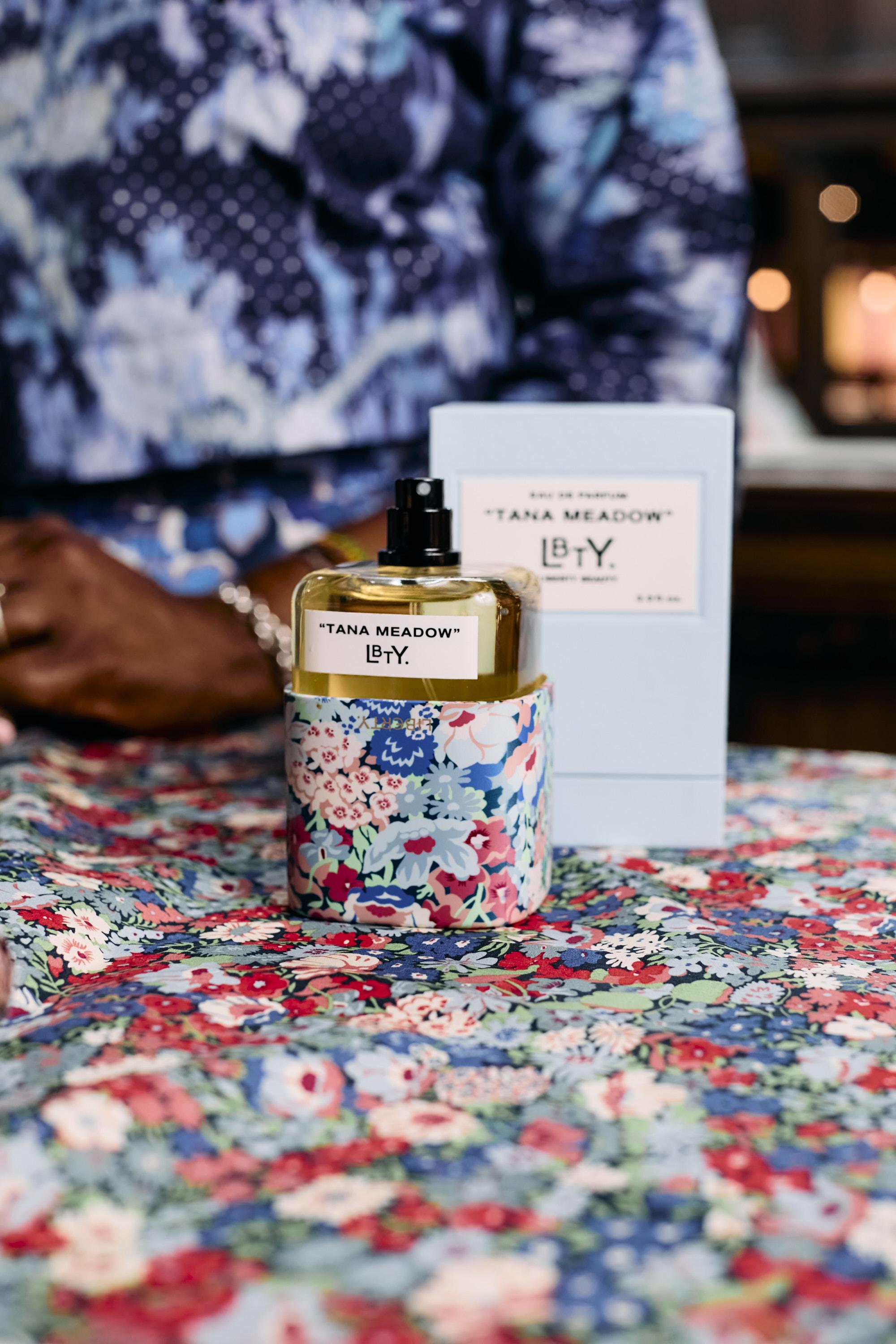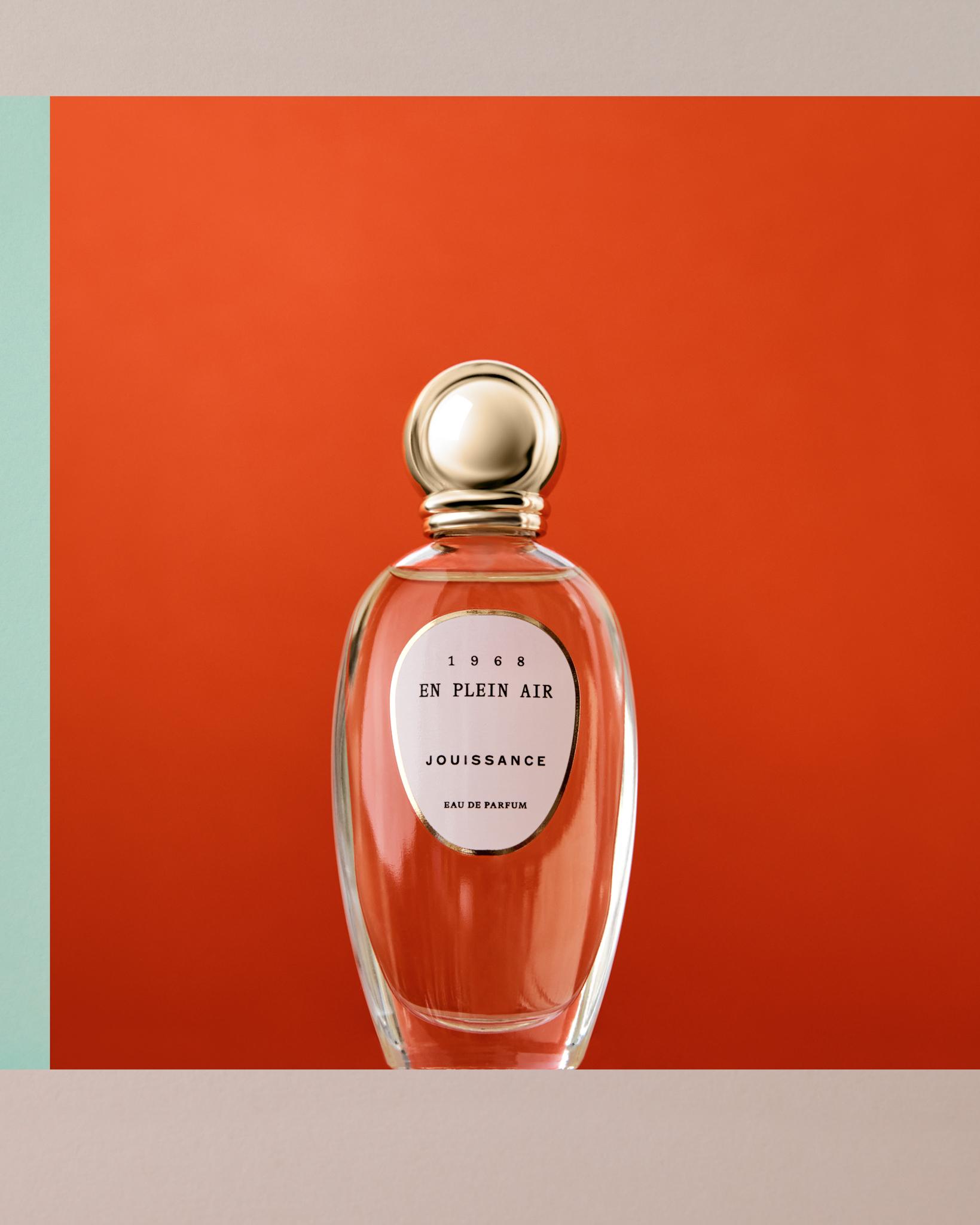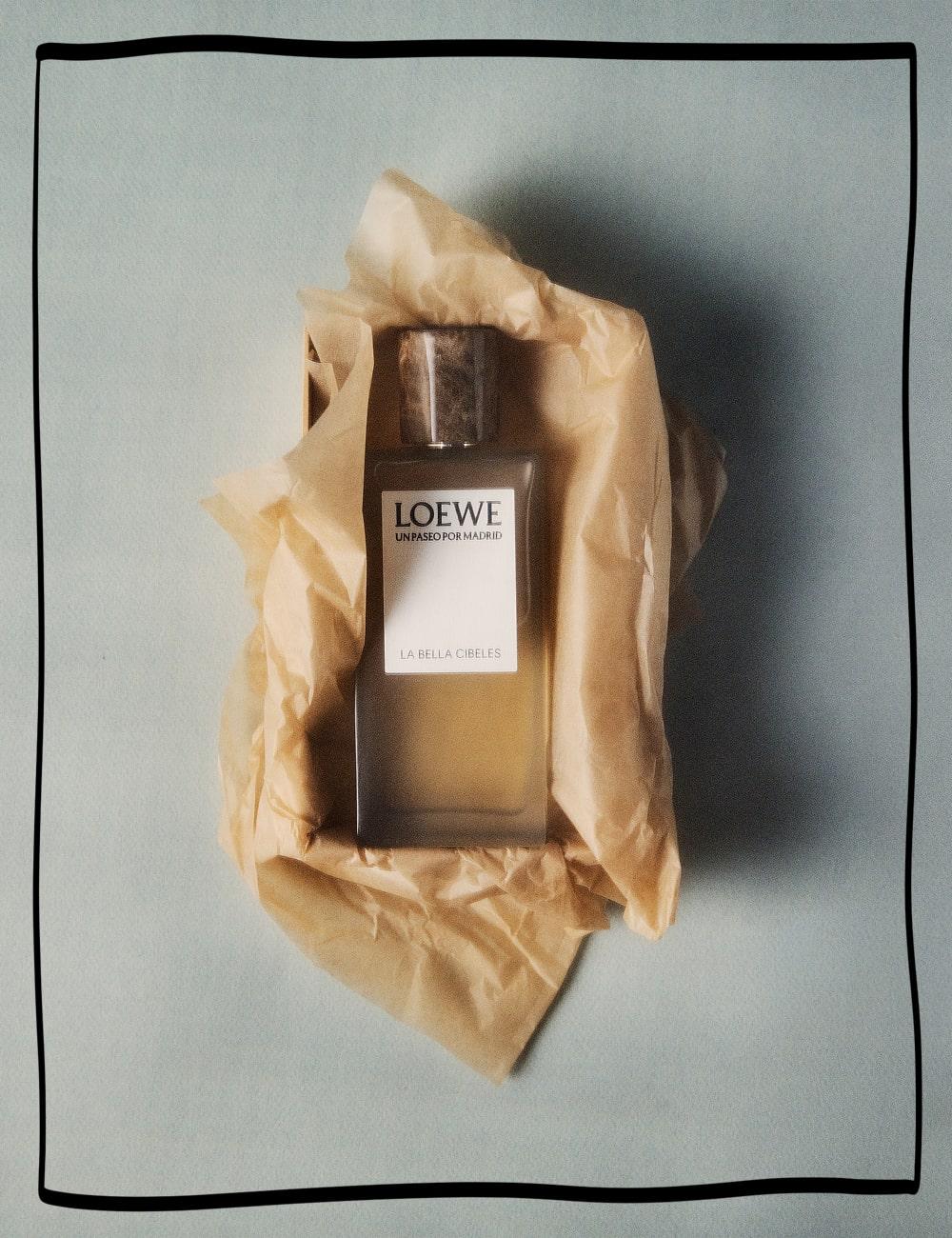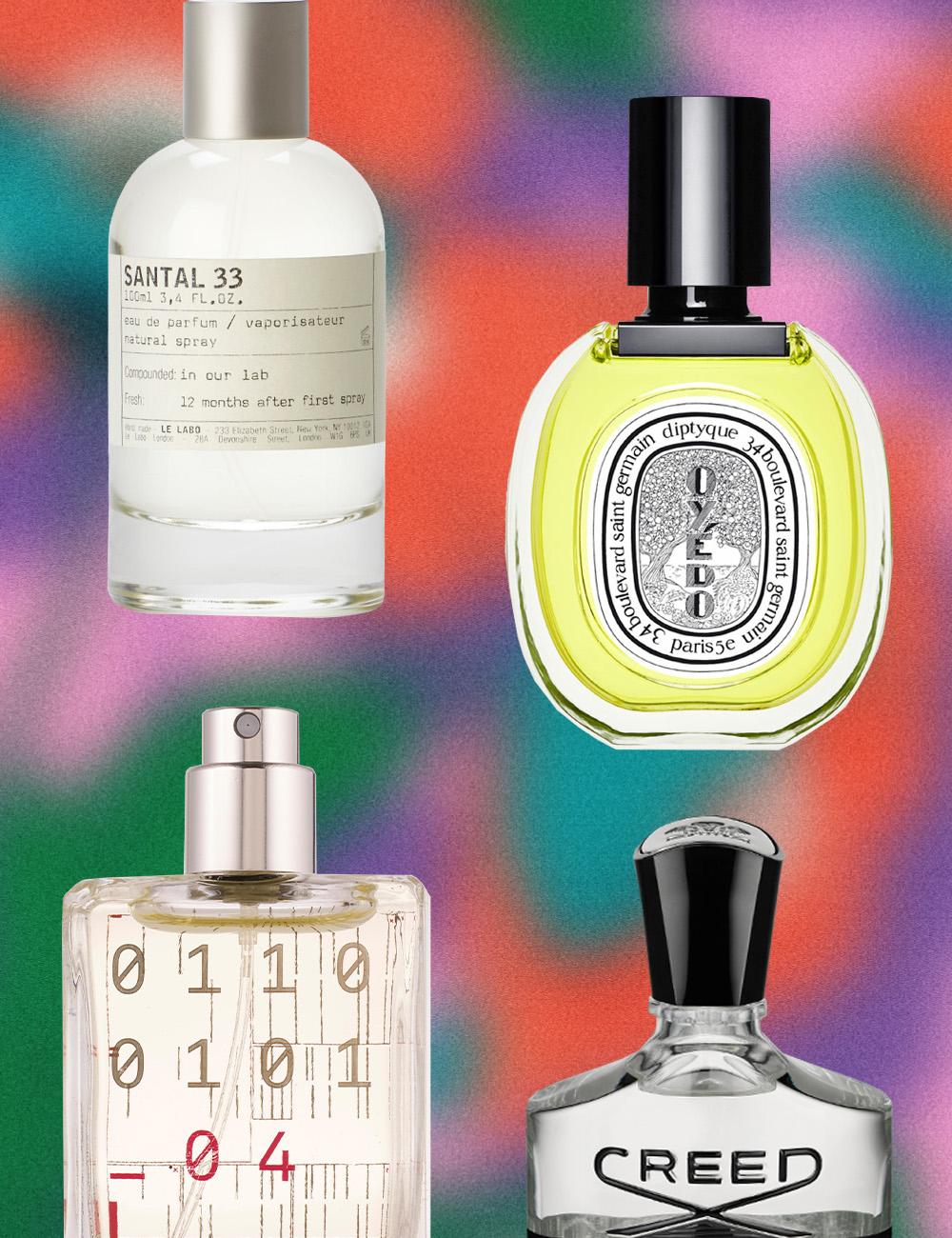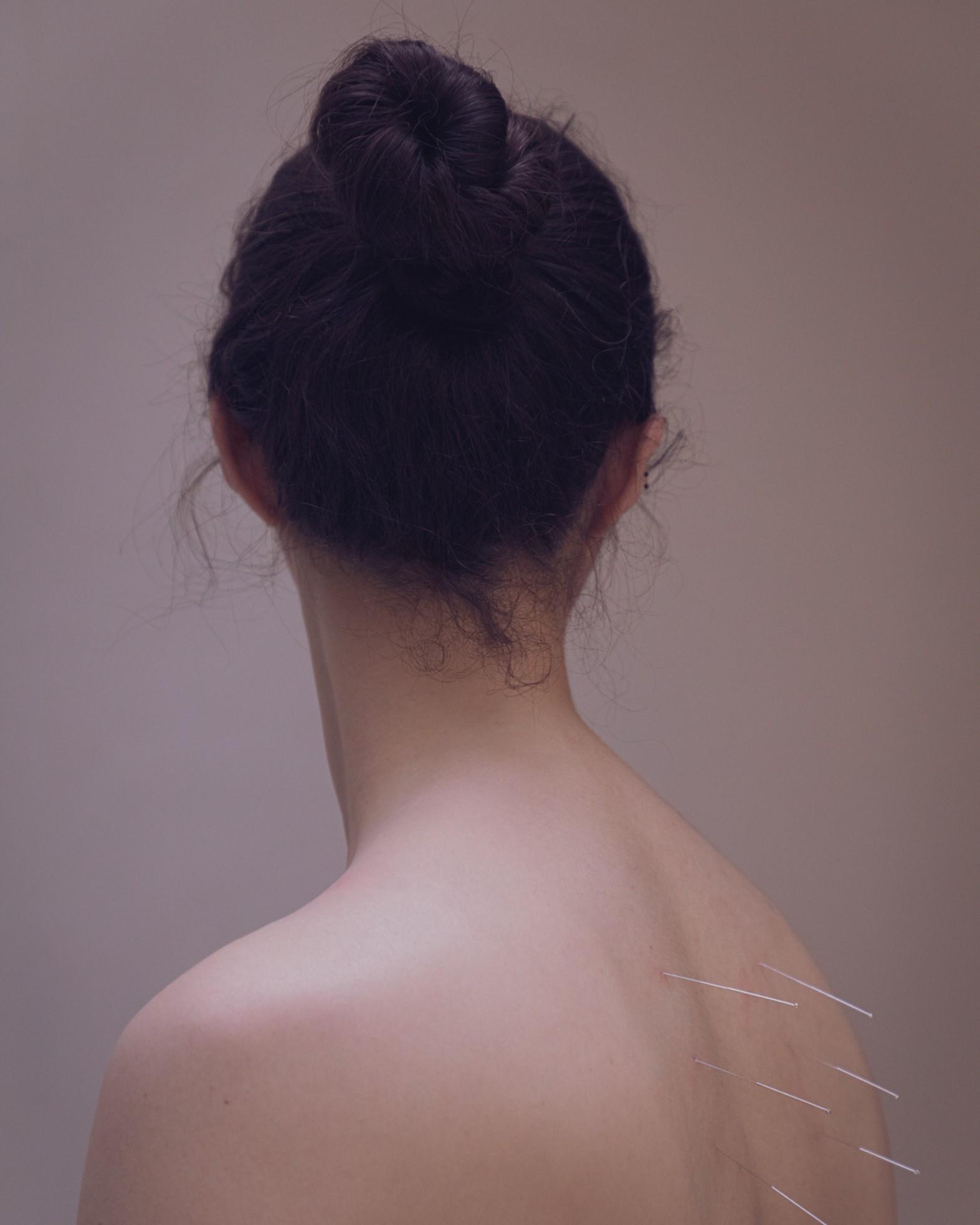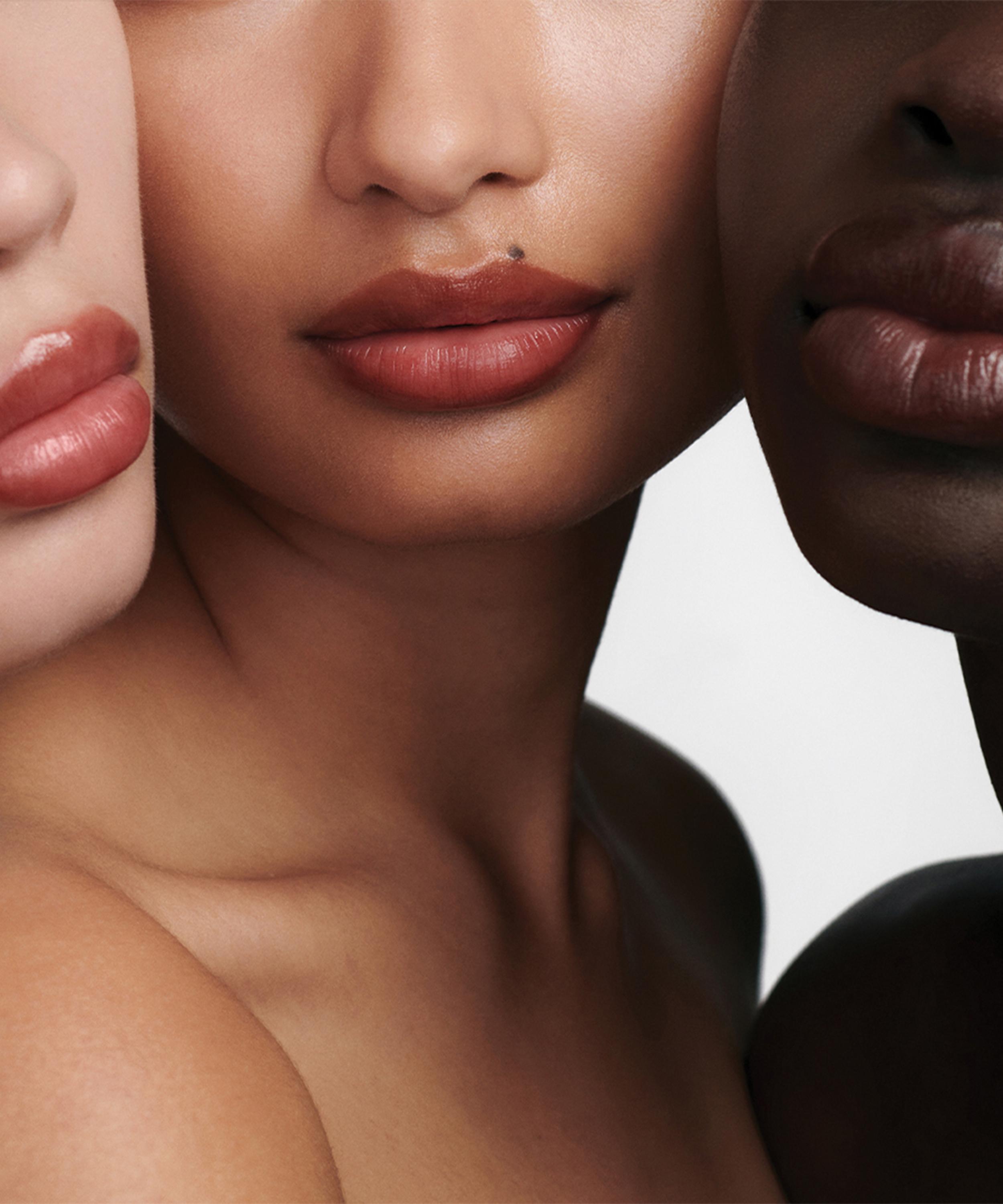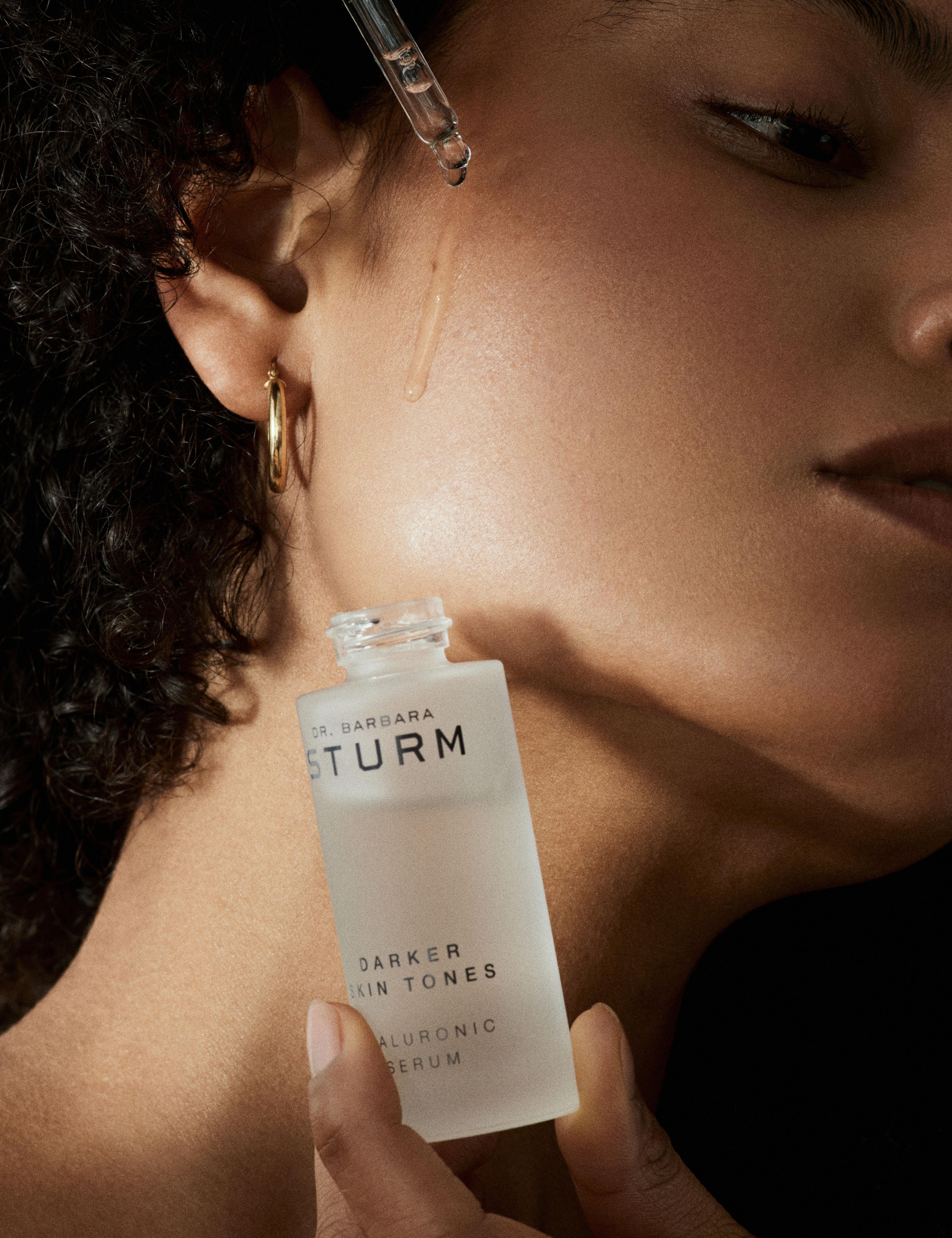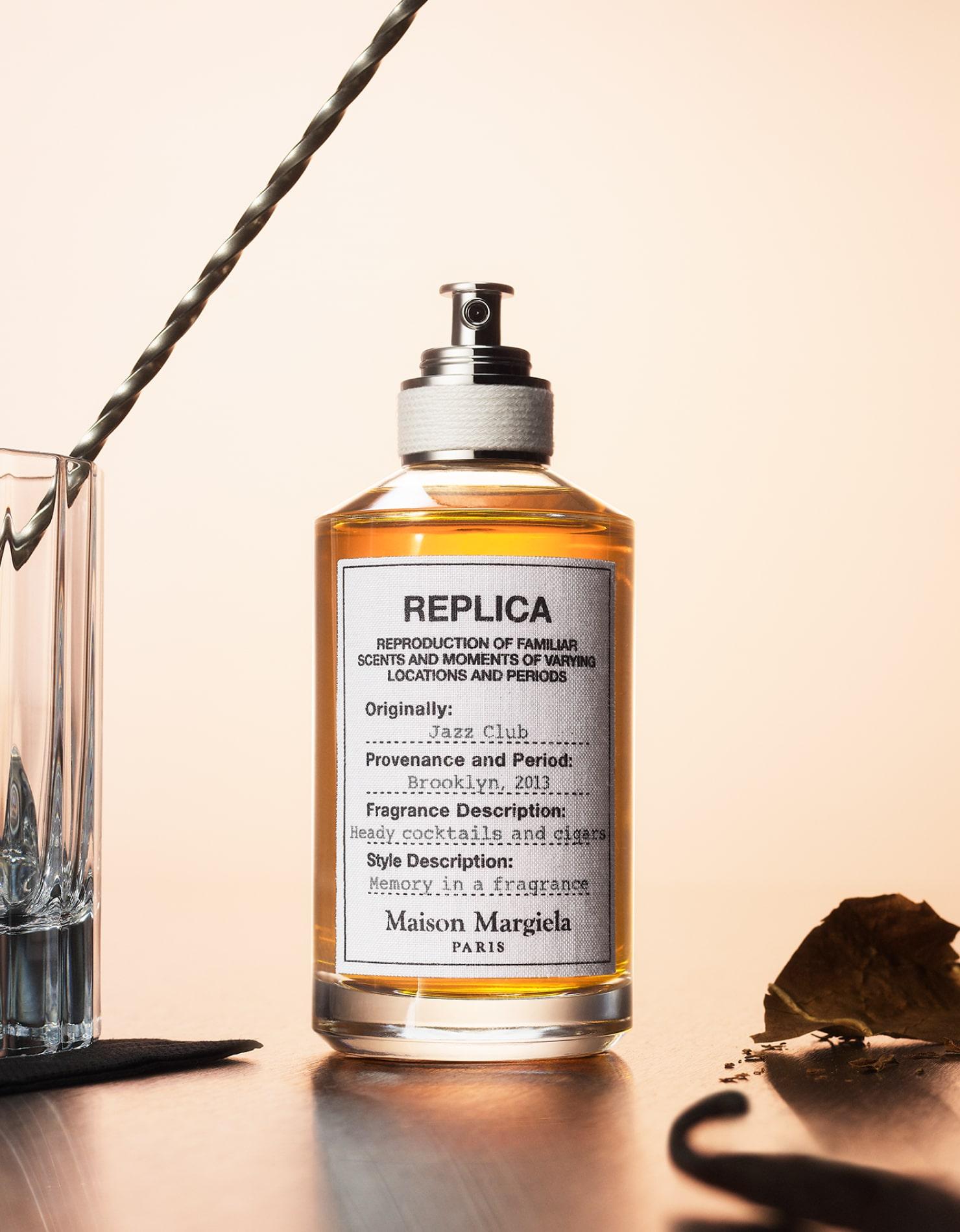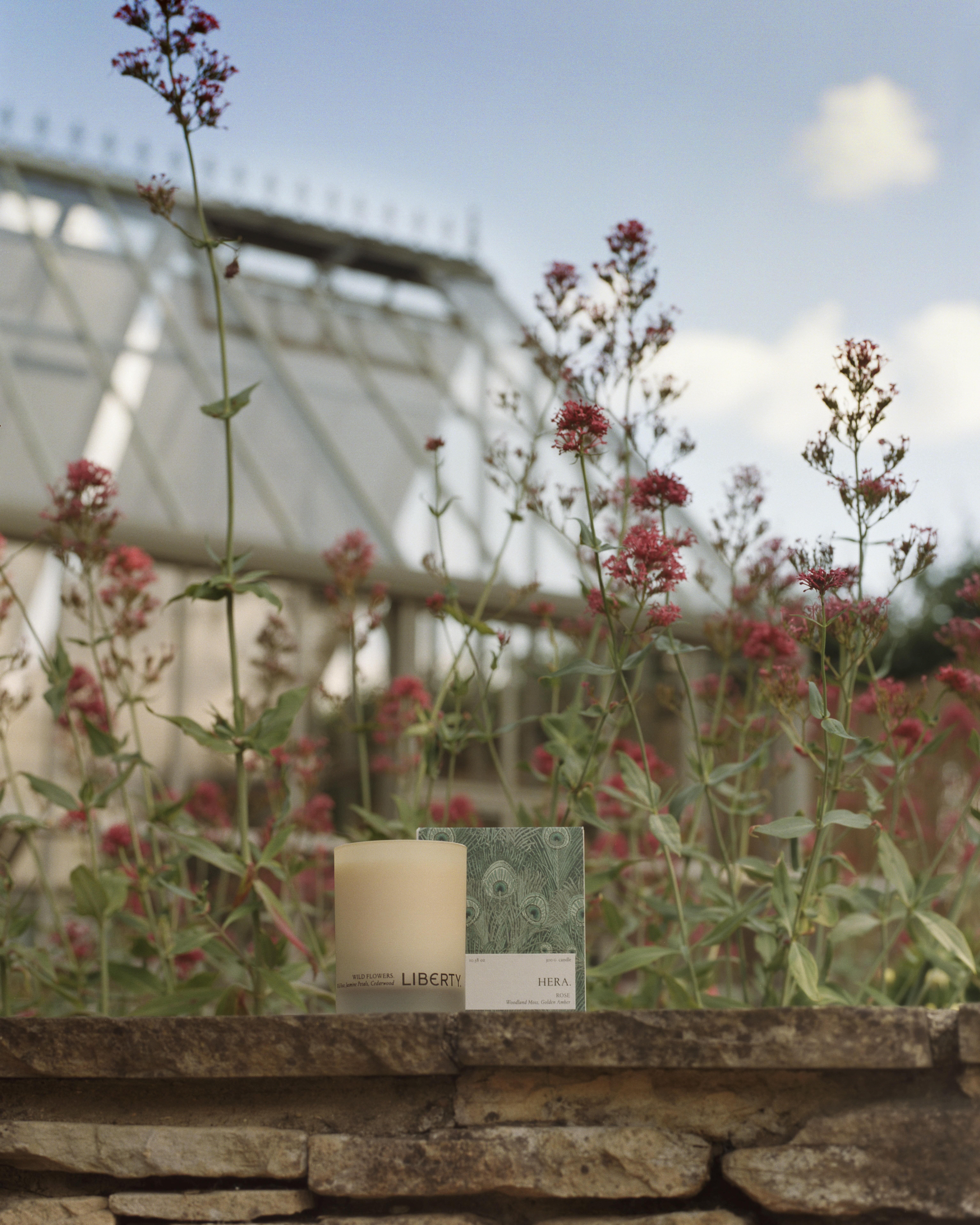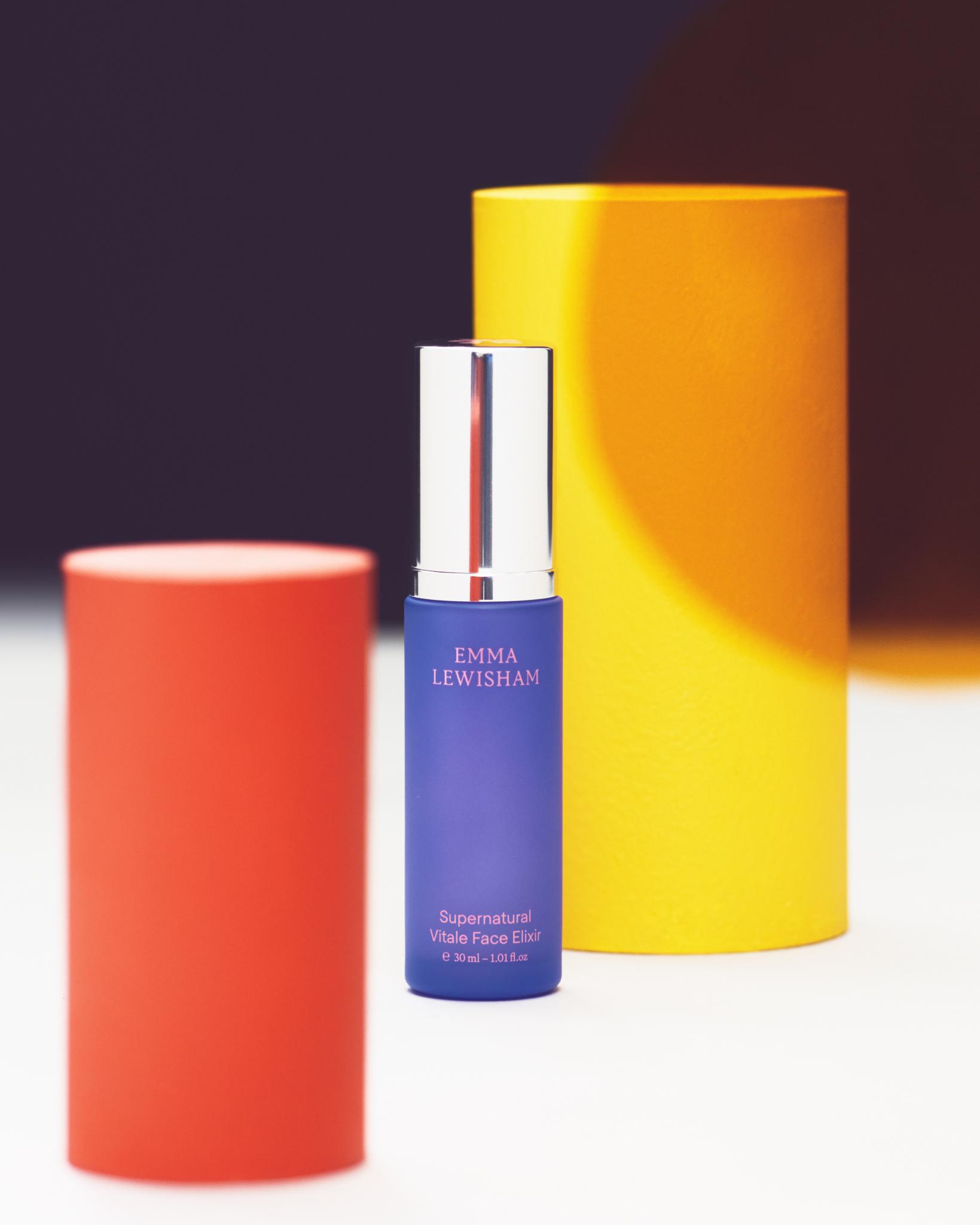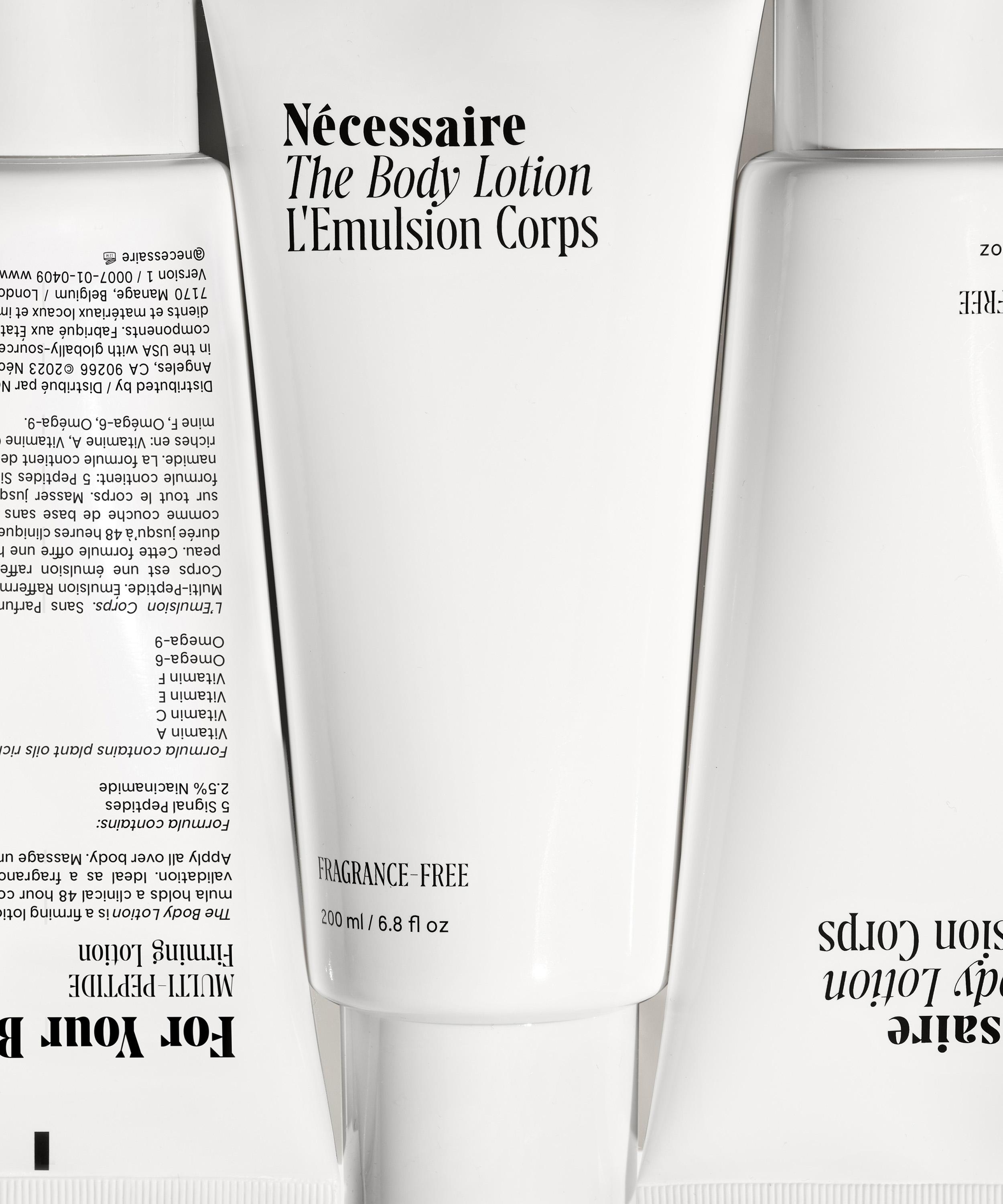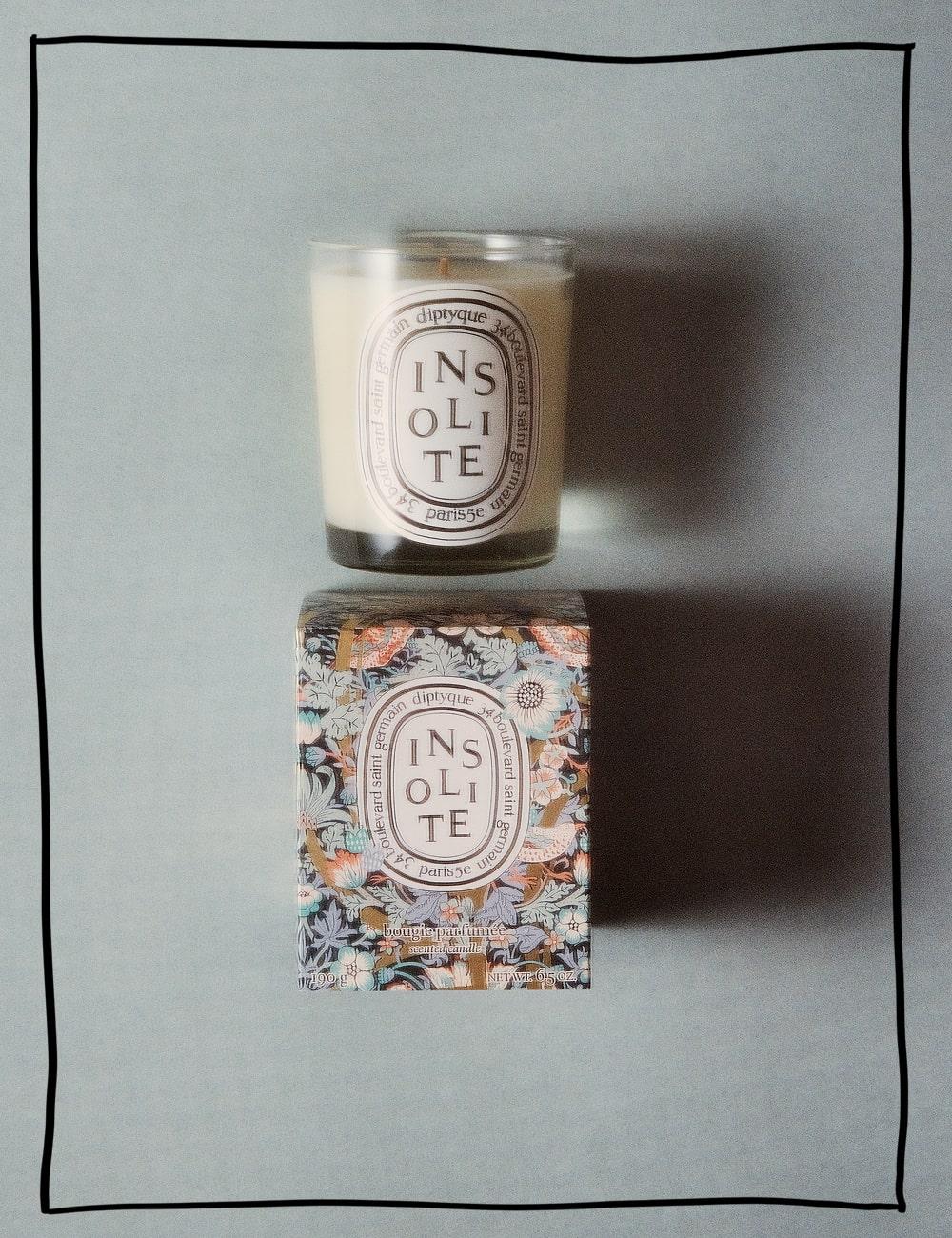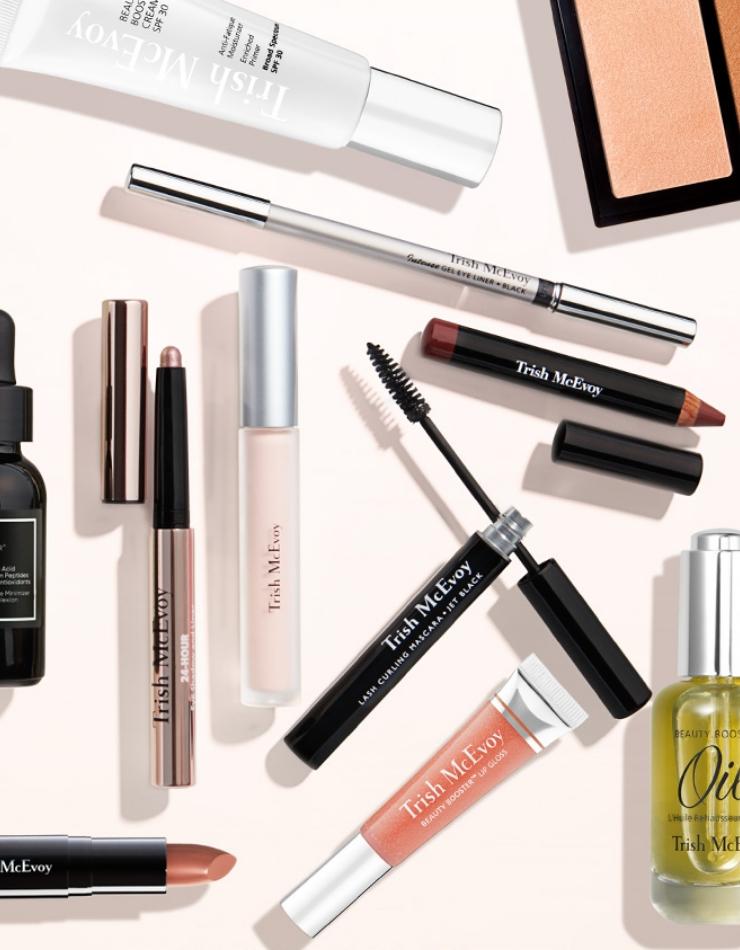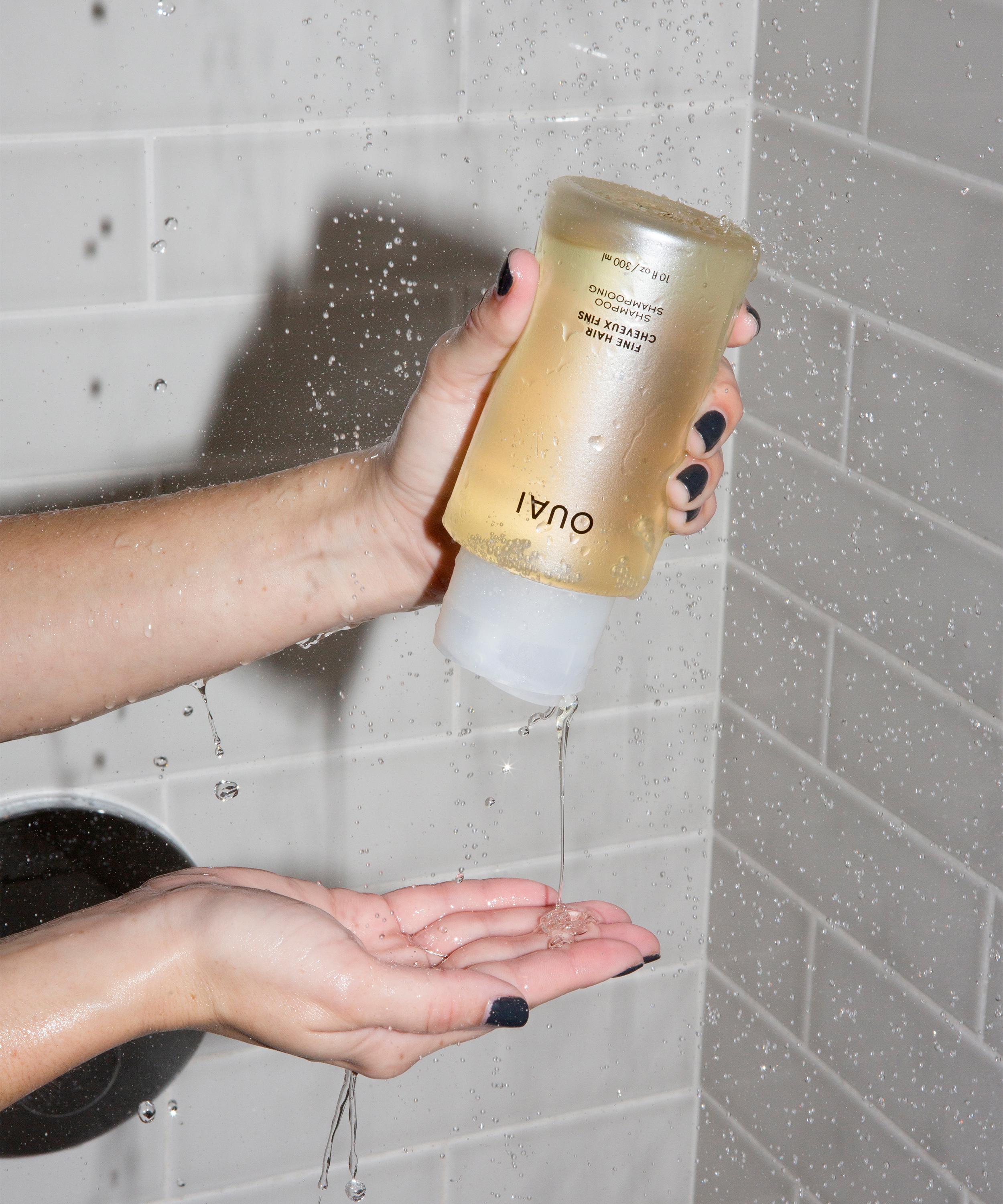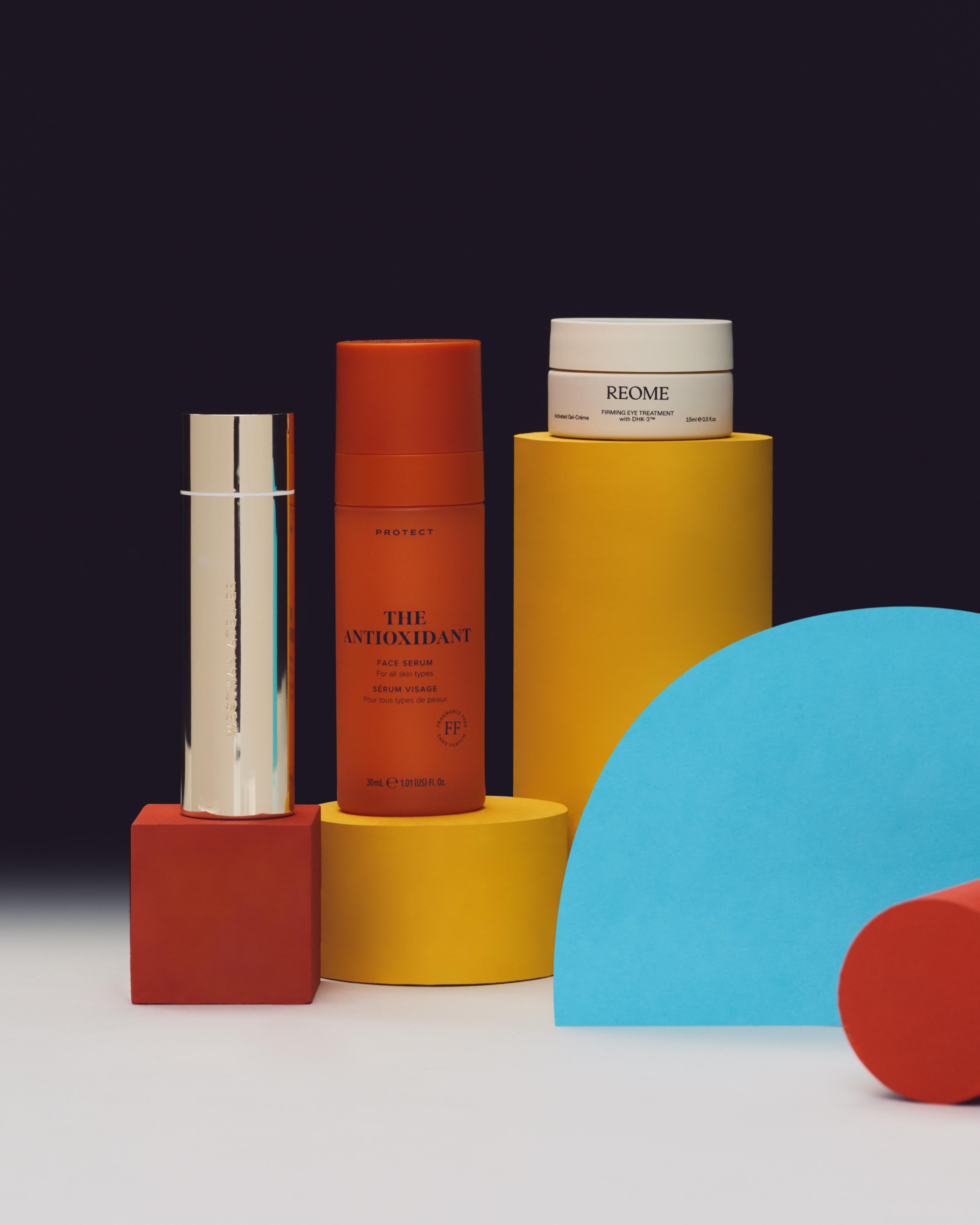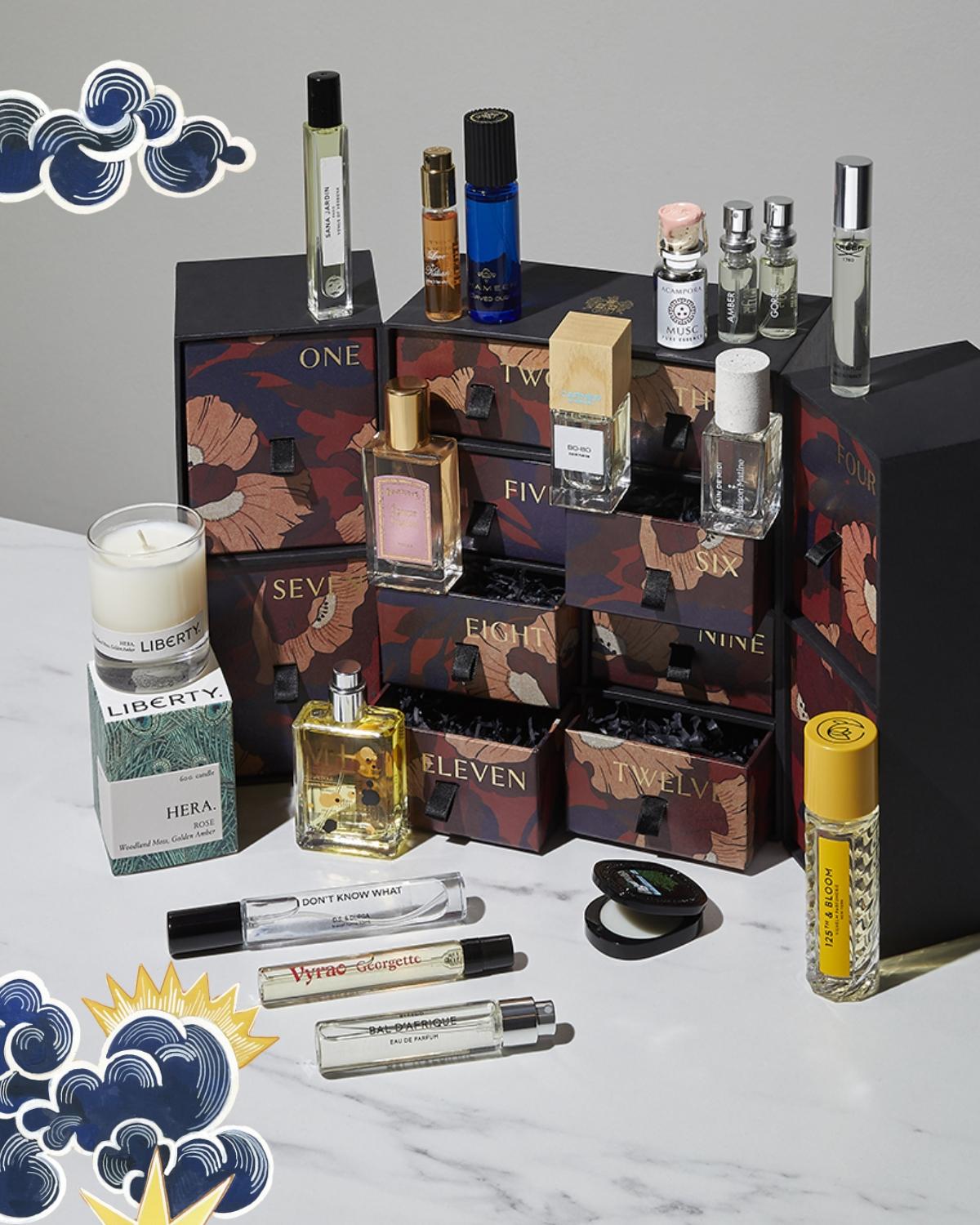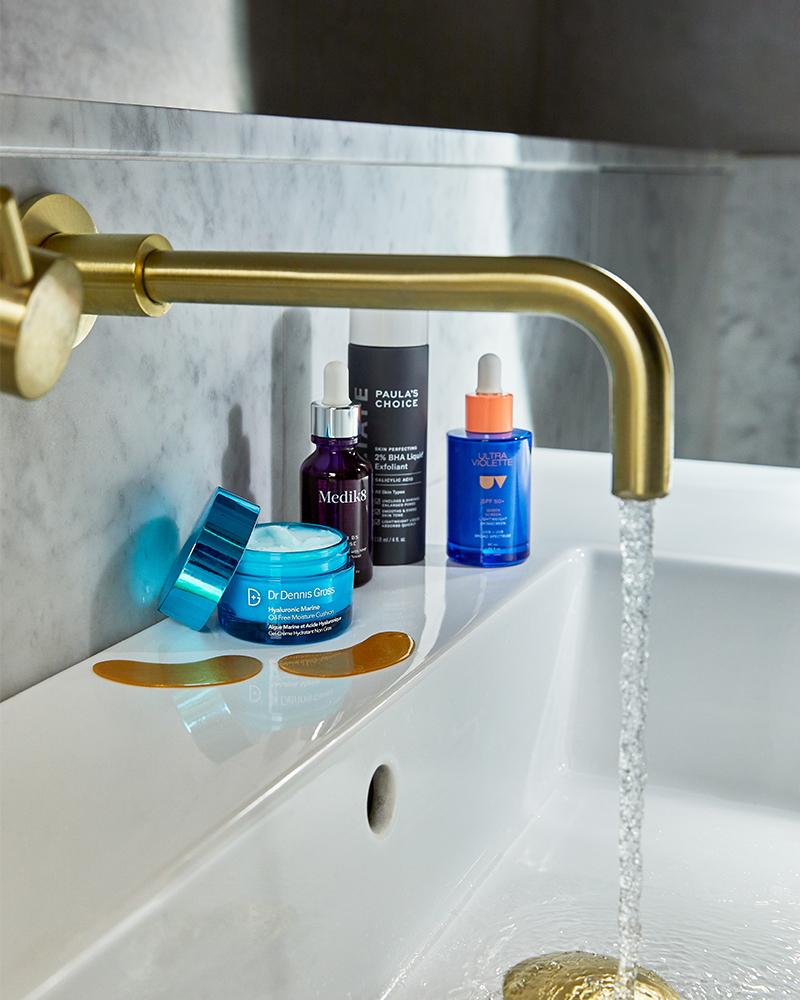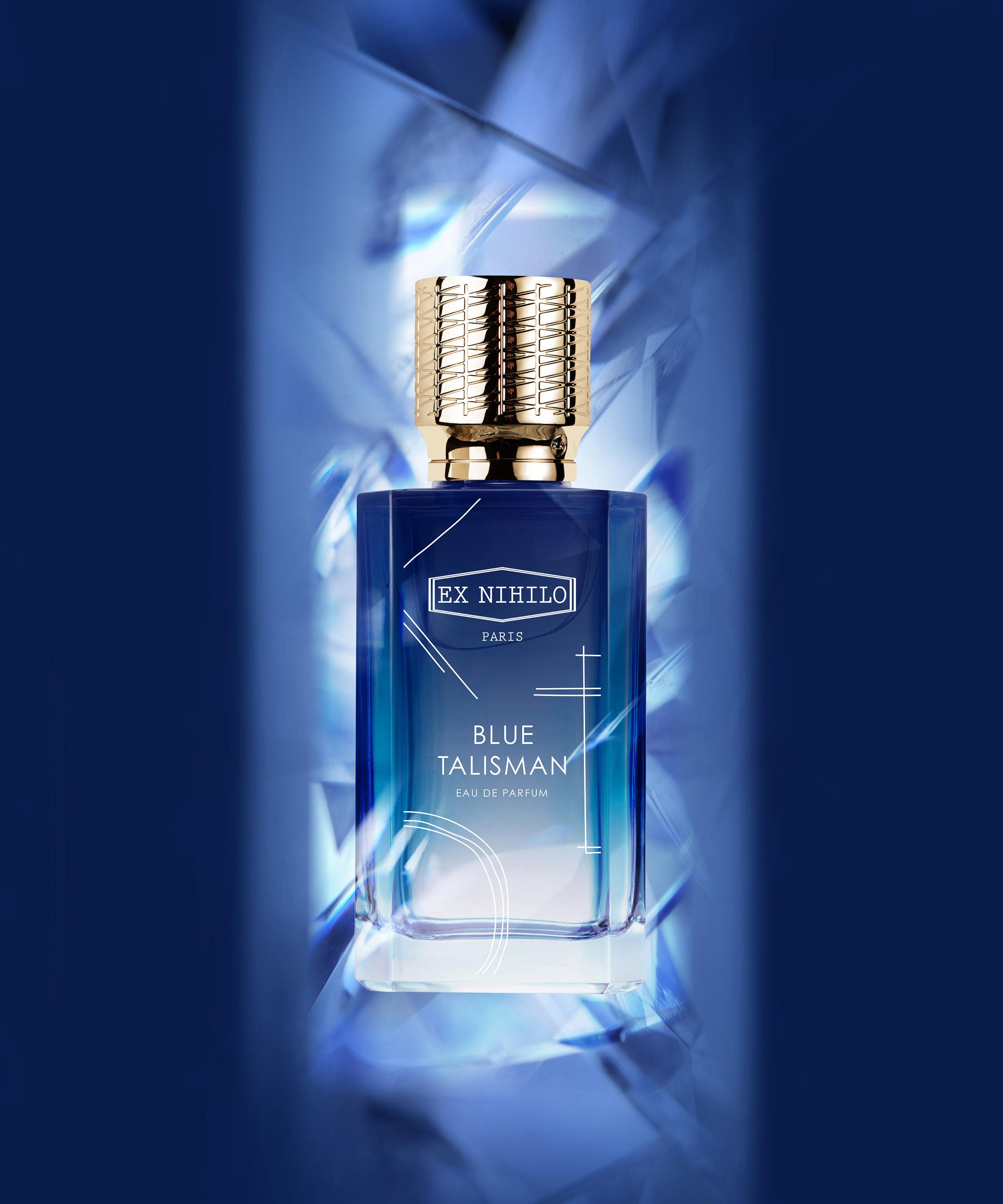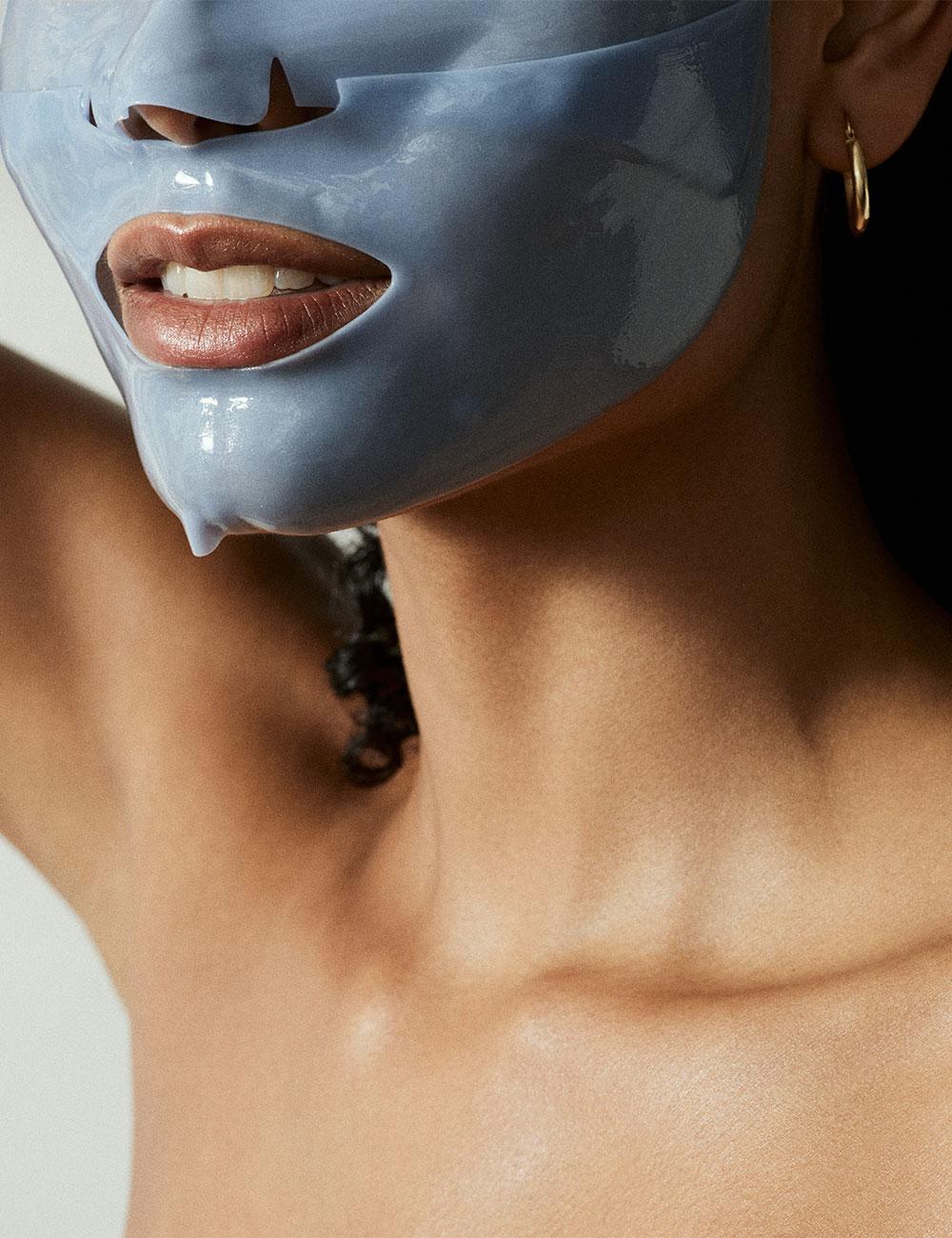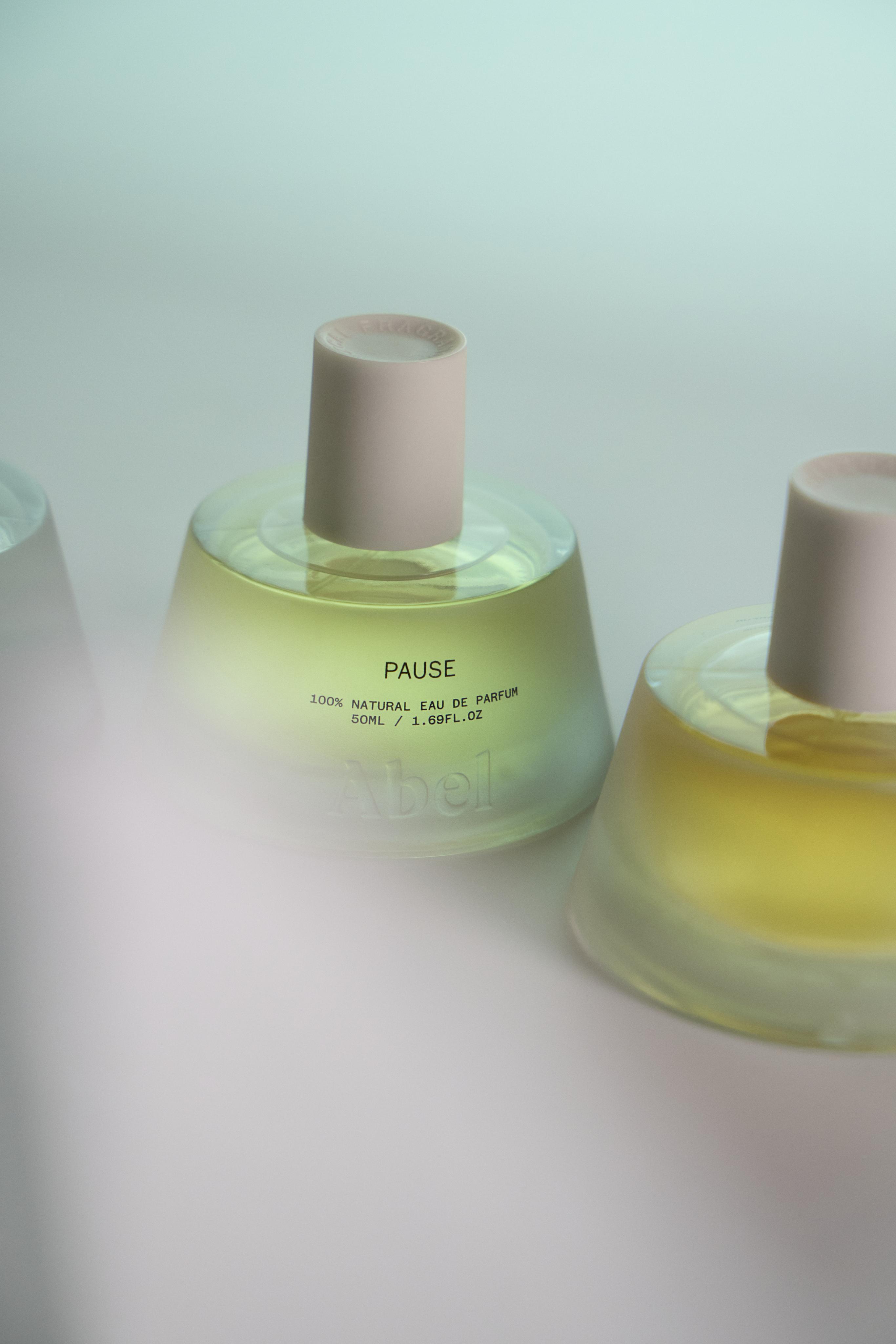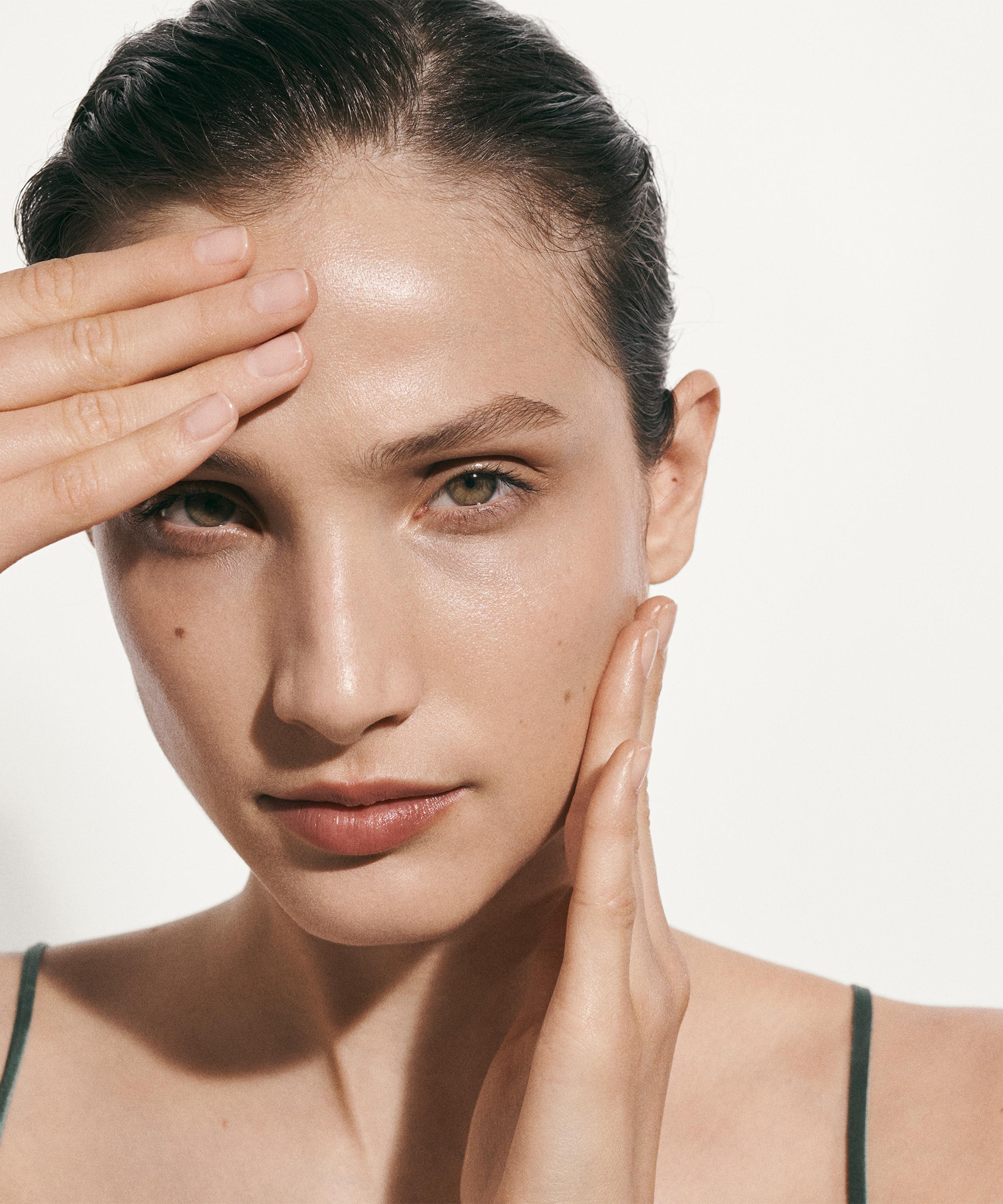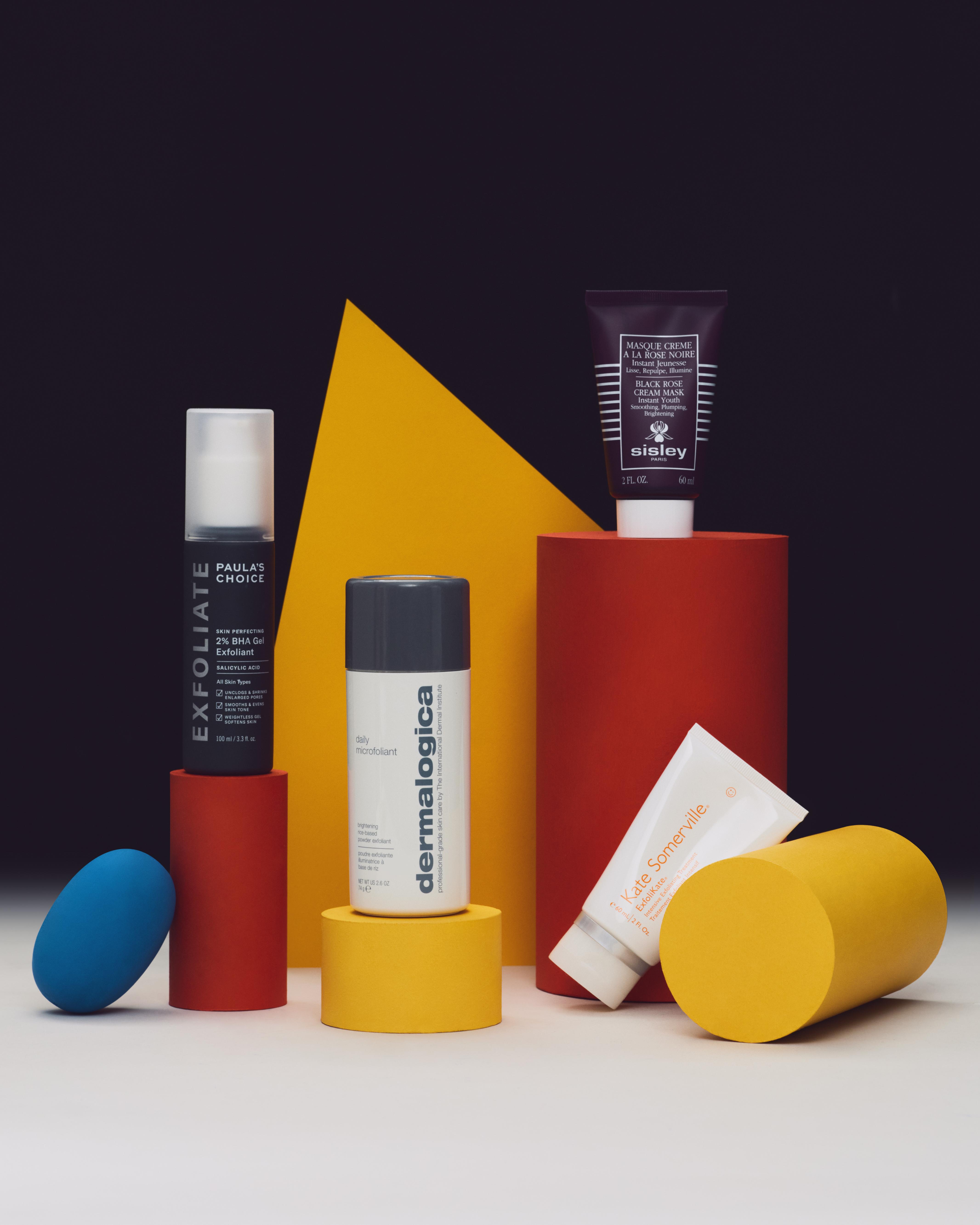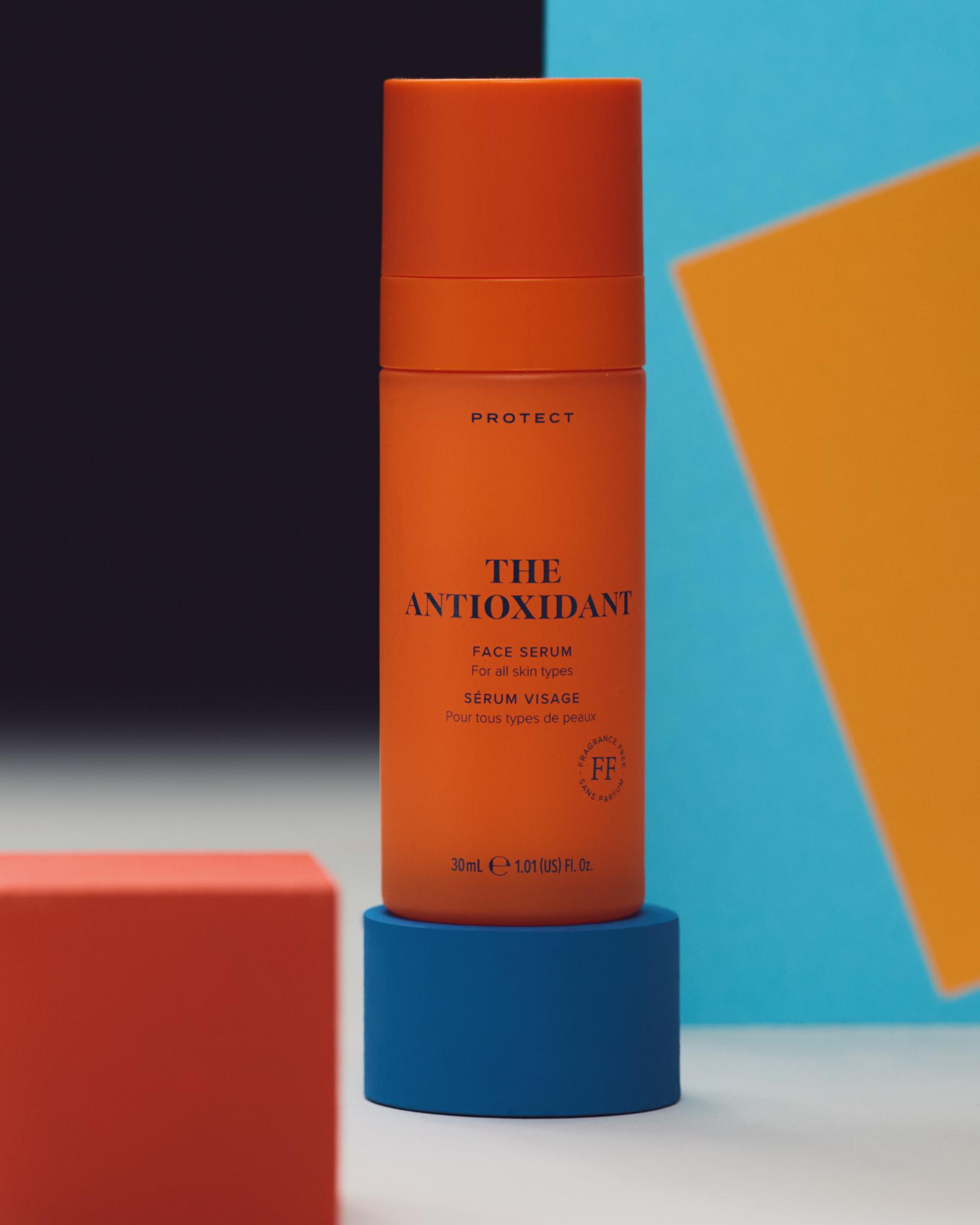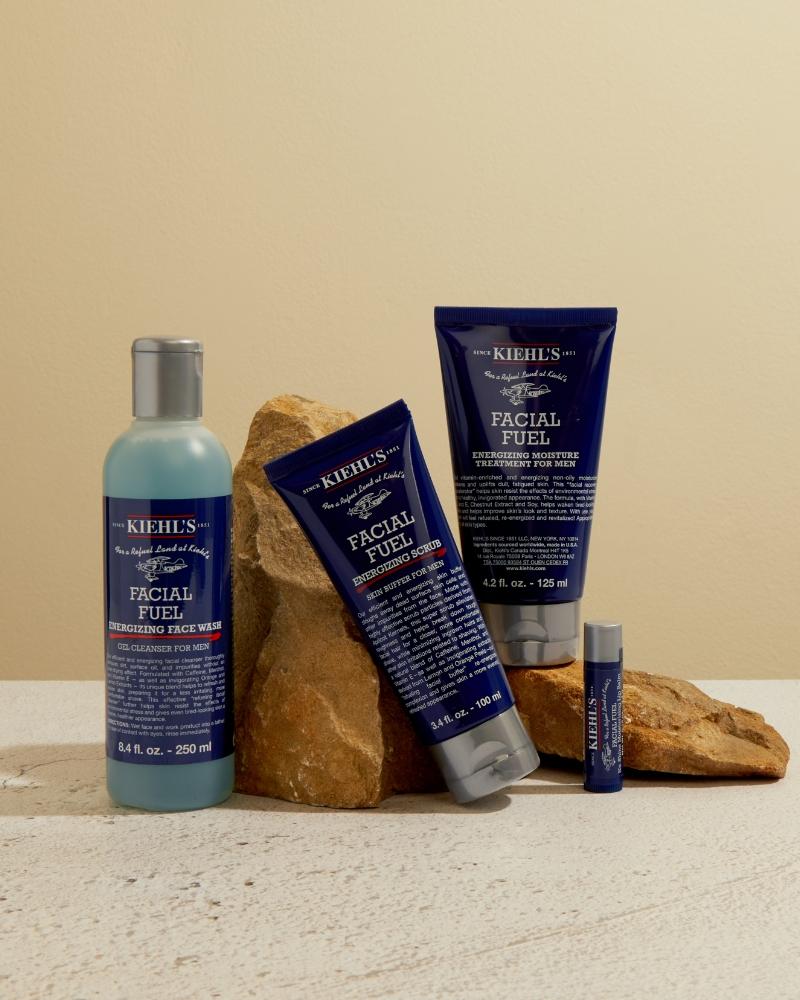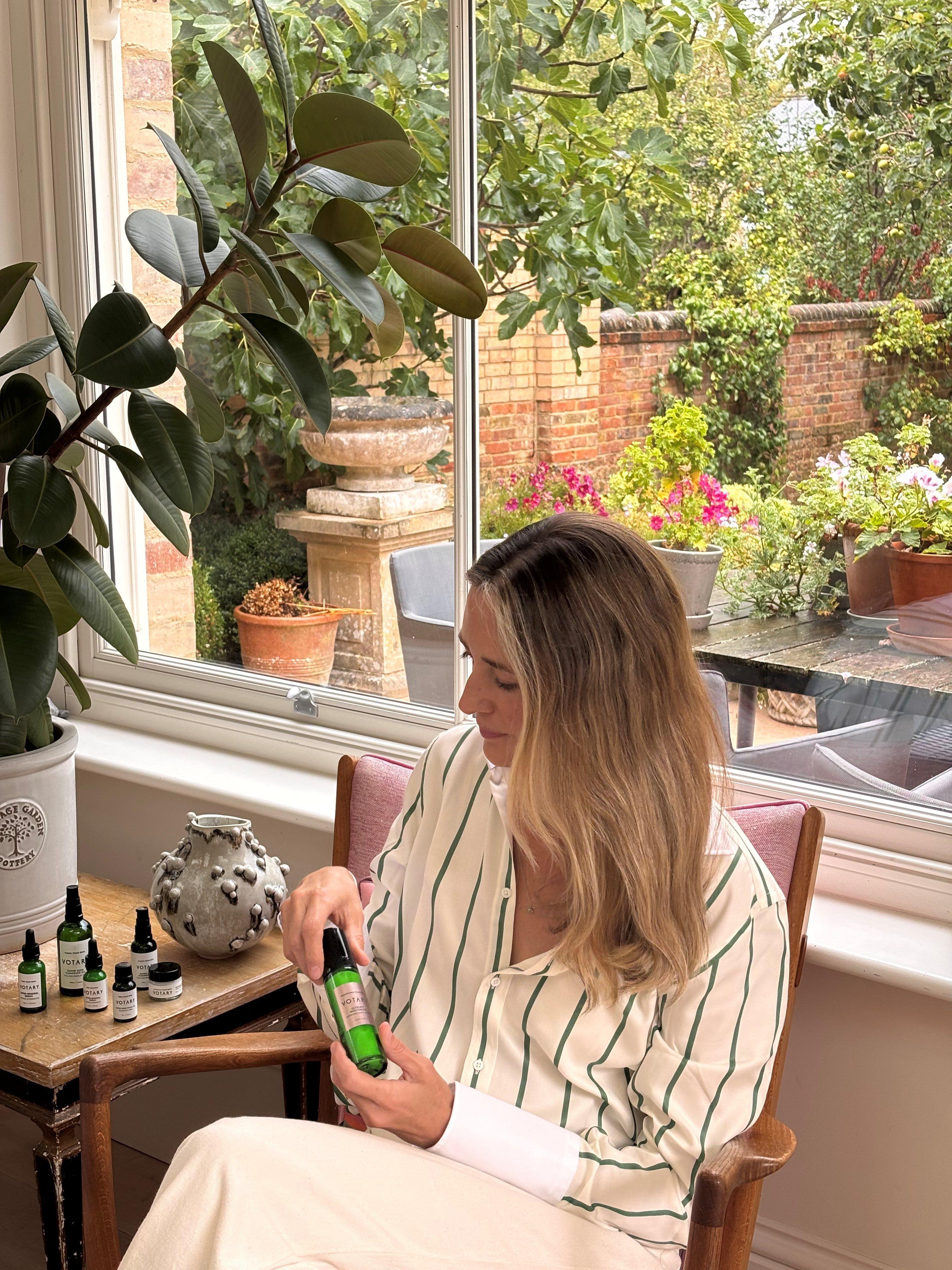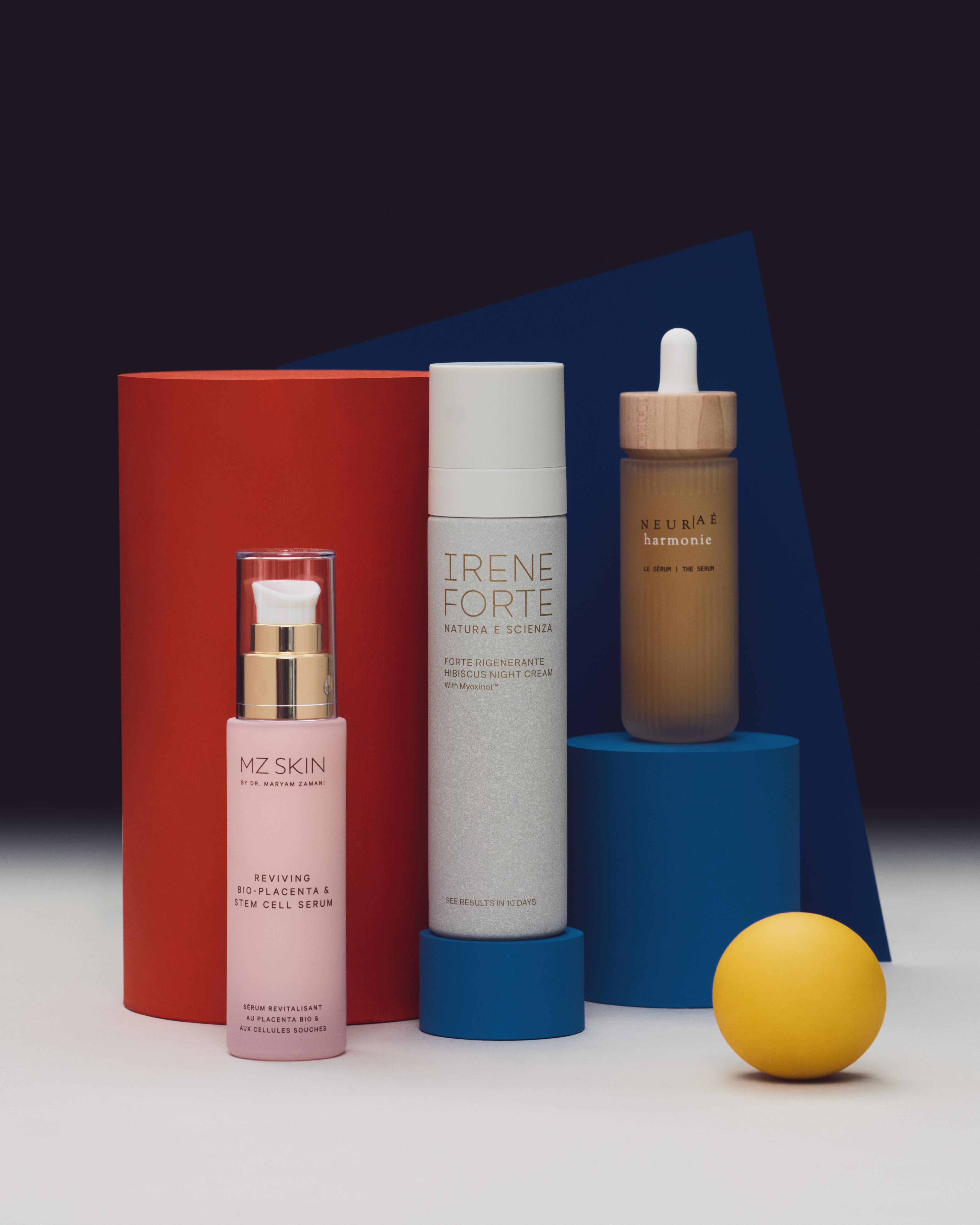Do You Have 'Isolation Face'? Aka, Perioral Dermatitis
The most common skin complaint cropping up in conversation right now is affecting more of us than we realise. The ‘maskne’ that never went away might not be what you think it is.
Read more
Do you have ‘Isolation Face?’ AKA, Perioral Dermatitis
The most common skin complaint cropping up in conversation right now is affecting more of us than we realise. The ‘maskne’ that never went away might not be what you think it is.
Shop Sensitive SkinBy: Laura Kennedy
It’s called Perioral Dermatitis by the way. Or the ‘Beauty Editor’s Curse’ in inside circles, but why do they call it that? We’ll get to that shortly, but first, do you have it? If you have red, itchy, or scaly bumps around your mouth or nose, then you probably do. They look a bit like a breakout, so you apply a blemish cream or increase the amount of congestion-battling salicylic acid in your skincare routine to solve the problem. When the acne-like rash only gets worse, you’re baffled.
Unfortunately, this spreading breakout on your lower face is like that one gym class friend who won’t stop trying to be your real-life friend. You thought that she understood what this was. No, you’re not interested in seeing her one-woman play. No, you don’t have time to get lunch after this. Why isn’t she getting the message?
What is Perioral Dermatitis?
The good news is that it can be improved. It’s not that you have a unique type of especially stubborn acne. It’s not actually acne at all; it's perioral dermatitis, a bumpy, irritated skin condition around the mouth, nose and sometimes even eyes that dermatologists have increasingly seen in their clinics over the past couple of years. Not least because misuse or overuse of ingredients that are proven to help with acne (like retinol and salicylic acid) only exacerbate perioral dermatitis.
What Causes Perioral Dermatitis?
Prompted by a disruption to your skin’s natural barrier function, this common but generally misunderstood skin condition can be particularly challenging to manage and to clear. According to dermatologist Dr. Elif Benar, perioral dermatitis can have a number of possible causes. “These include allergic reactions, hormonal changes, harsh weather conditions, and a change in bacteria on the skin.”
Physical friction, hormonal changes and new skincare products can all contribute. The condition is common among beauty editors, whose penchant for active ingredients, strong formulations and product switching can compromise the skin’s delicate barrier function, leading to redness, small pustules, dryness, and a rash with that relentless Pippa-from-Pilates energy.
What Perioral Dermatitis Skincare Should I be Using?
To restore a compromised barrier, ‘bland’ is the magic word. skincare should be gentle, unscented, and minimal, so we’re ditching the elaborate routines. Dr. Benar recommends rebuilding your skincare regime from scratch and shelving all the active ingredients until both comfort and your skin’s barrier are restored.
She advises opting for fragrance-free skincare and avoiding direct sun exposure. Stick to products specifically designed for sensitive skin, so no scrubs or friction, and avoid hot water on your face. After cleansing, pat the skin gently with a clean flannel or washcloth rather than rubbing, and opt for tepid water over hot or cold. Unfortunately, toothpaste that includes fluoride can exacerbate perioral dermatitis, too, so switching to a fluoride-free brand may help.
What are the Perioral Dermatitis healing stages?
This seems like an odd question until you’ve experienced the on again off again game that this annoyingly persistent little rash plays. It will routinely slightly improve – sometimes because of a product you’ve used and seemingly sometimes just to make your day significantly more irritating, only to bloom back across the skin around your mouth and upper lip again apparently just for the sake of it. It lies in wait and suddenly when it’s a particularly warm or cold day, you pass a shop window when you’re feeling quite good and notice that you suddenly have a red goatee.
As with your gym class friend, you’ll know the message is getting through when things go quiet. The rash does not go away quickly and you may still experience flare-ups through perioral dermatitis’ healing stages. Once you have a protracted period of clearer skin around the nose and mouth without flare-ups, and texture starts to smooth out, it will be clear that the routine you’re using is making your skin happier.





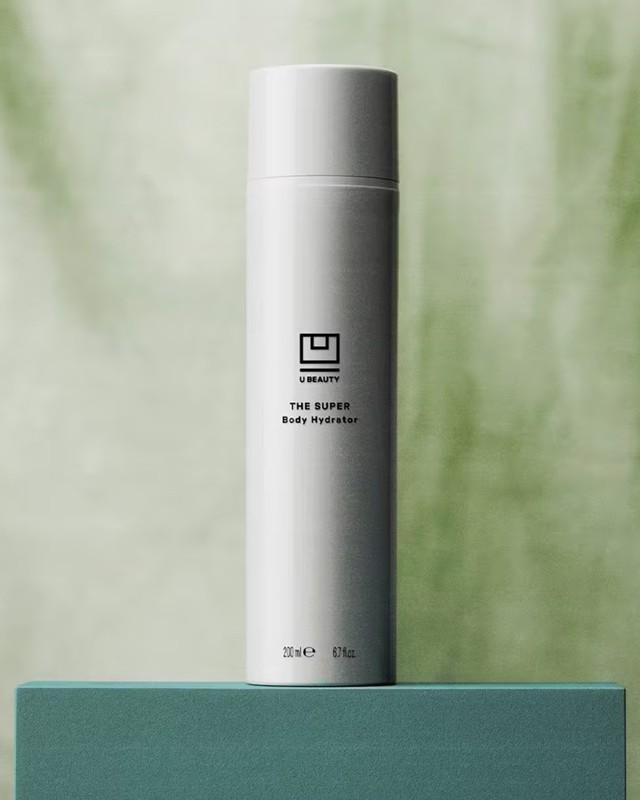
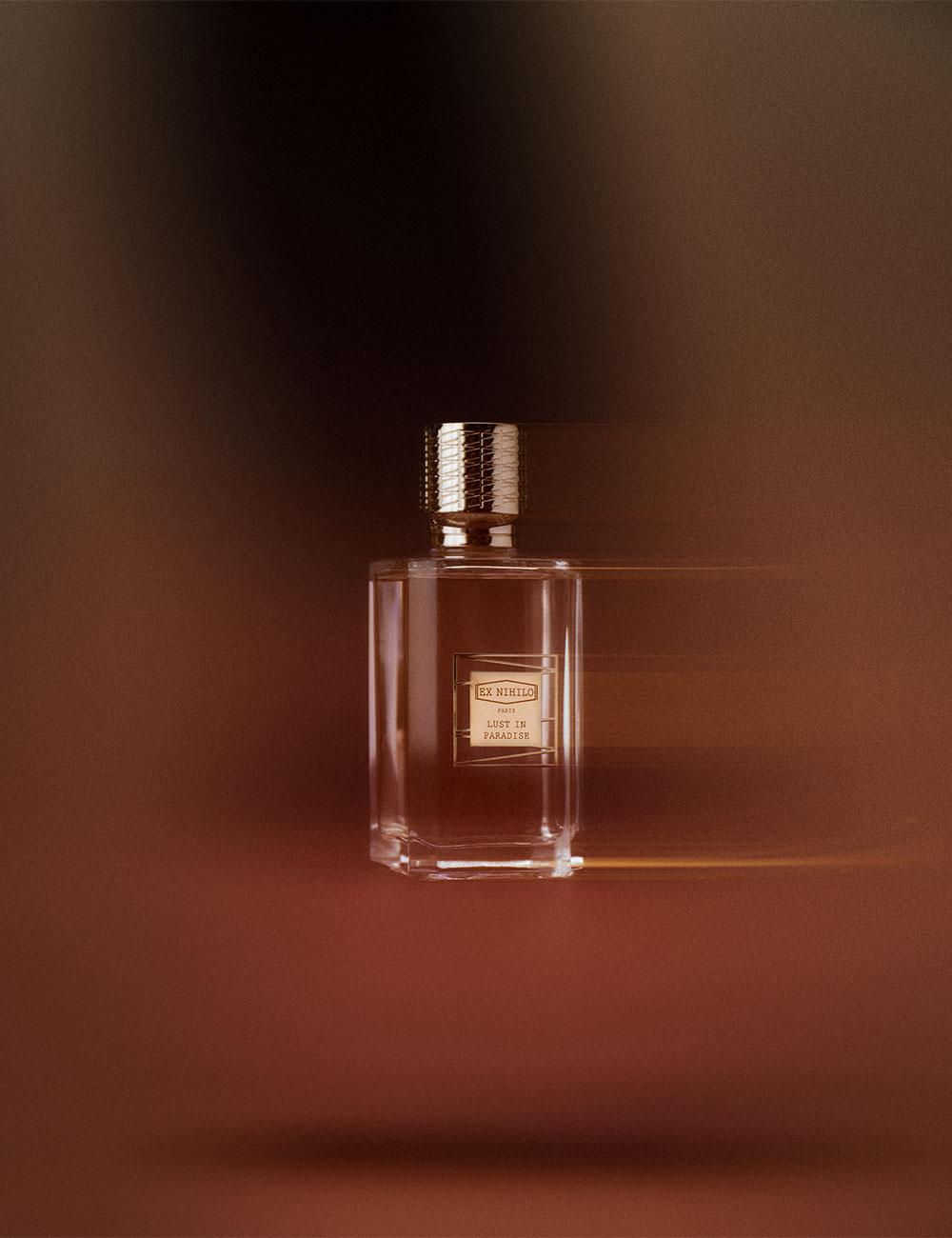
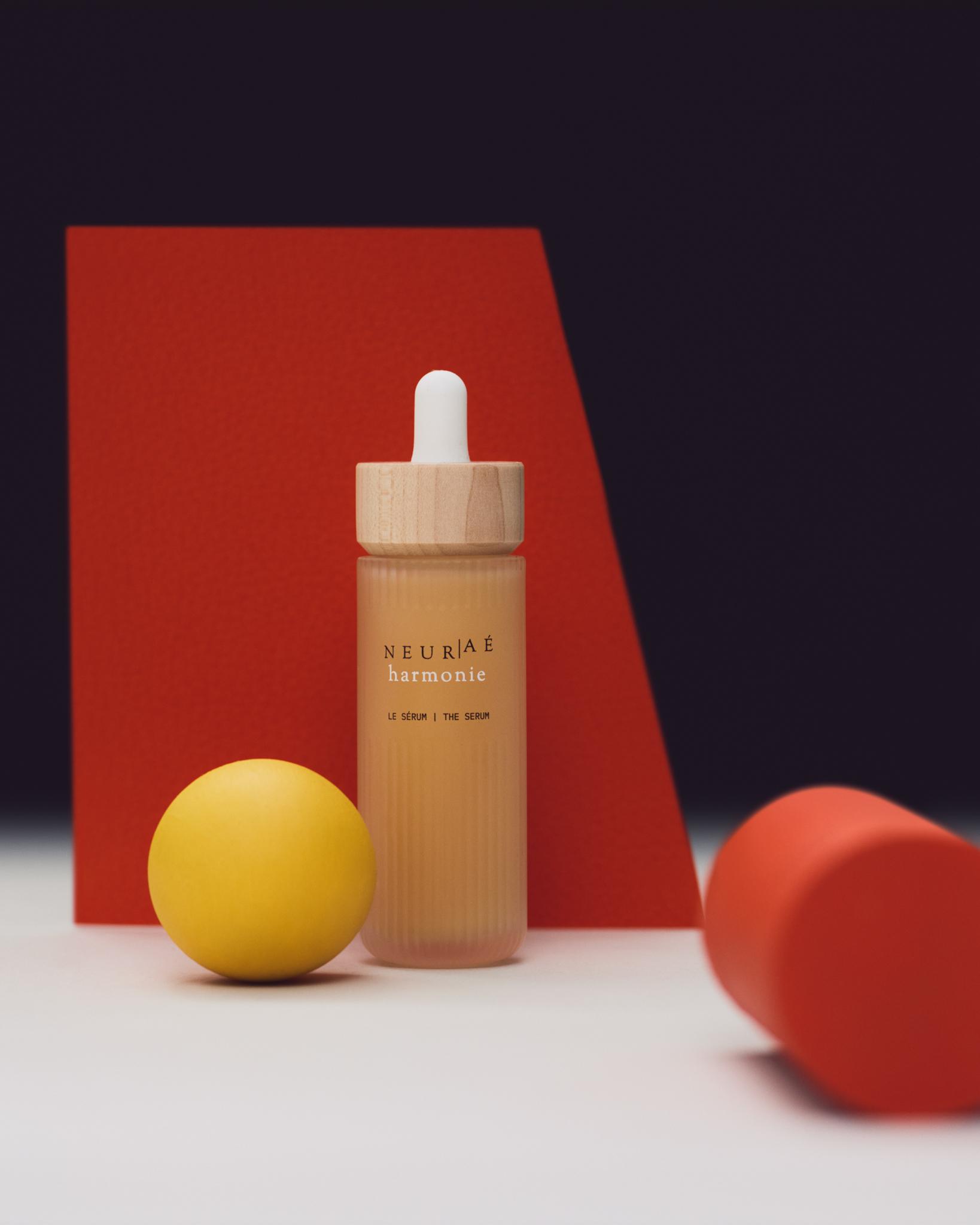
?fmt=auto&qlt=default)
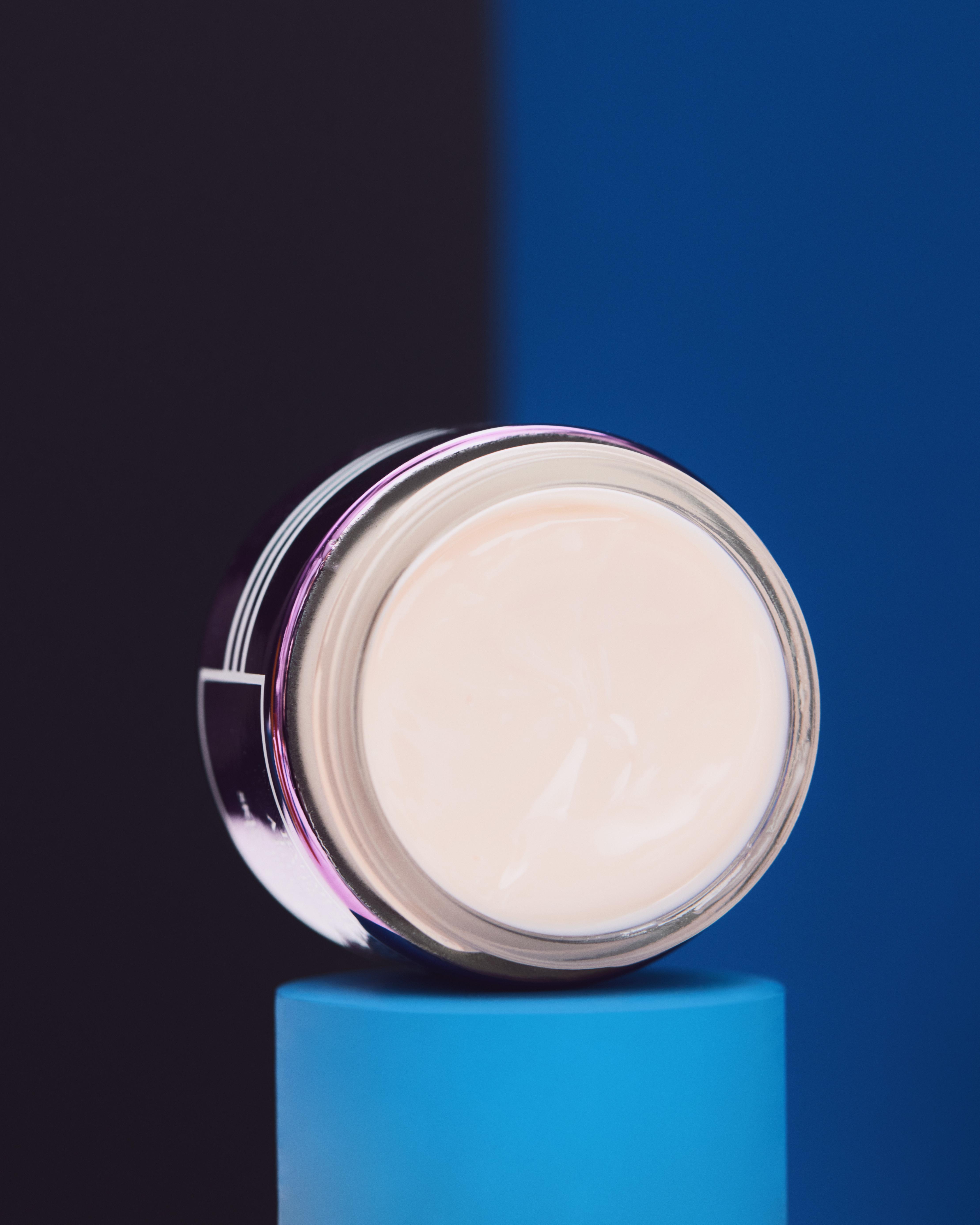






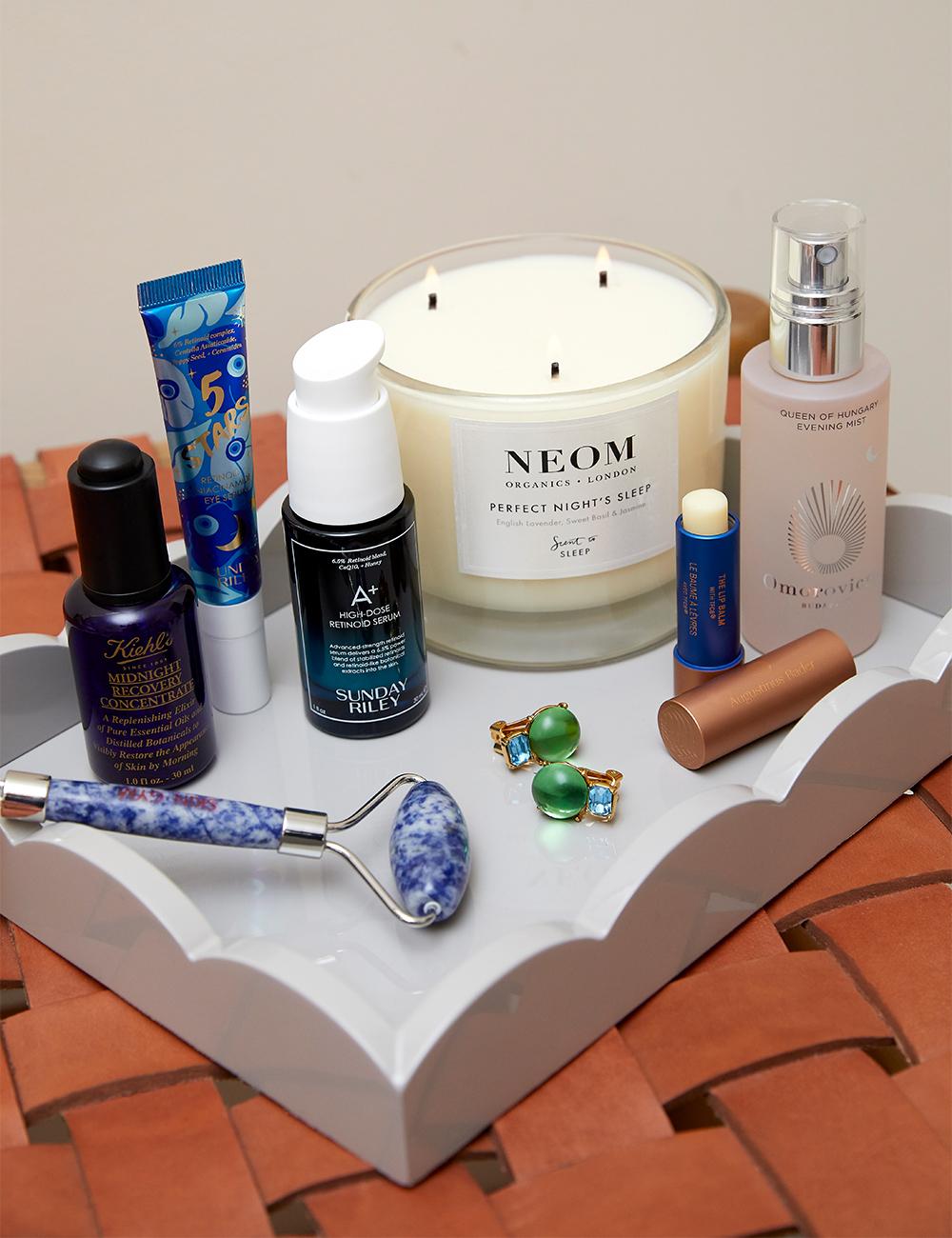
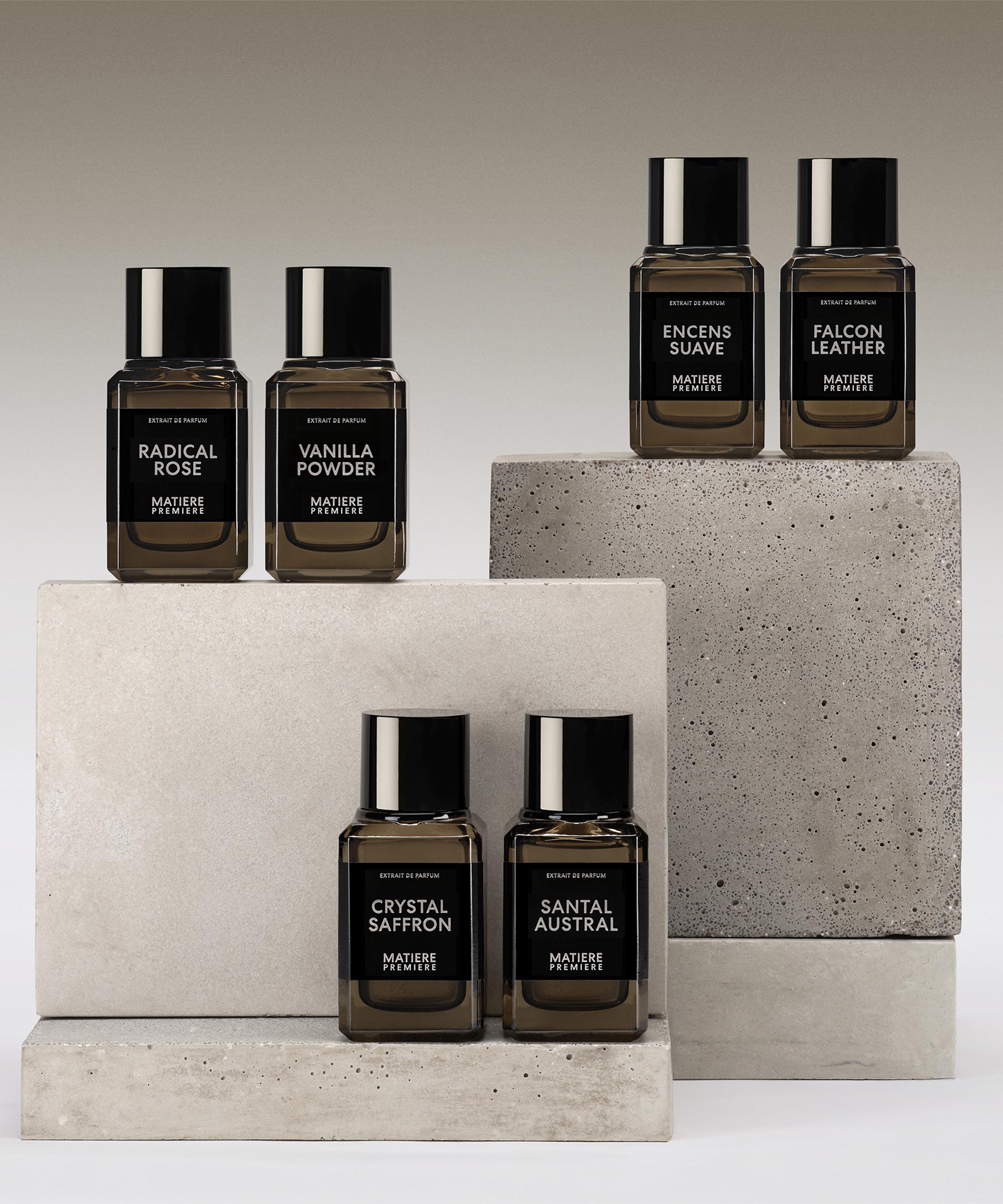



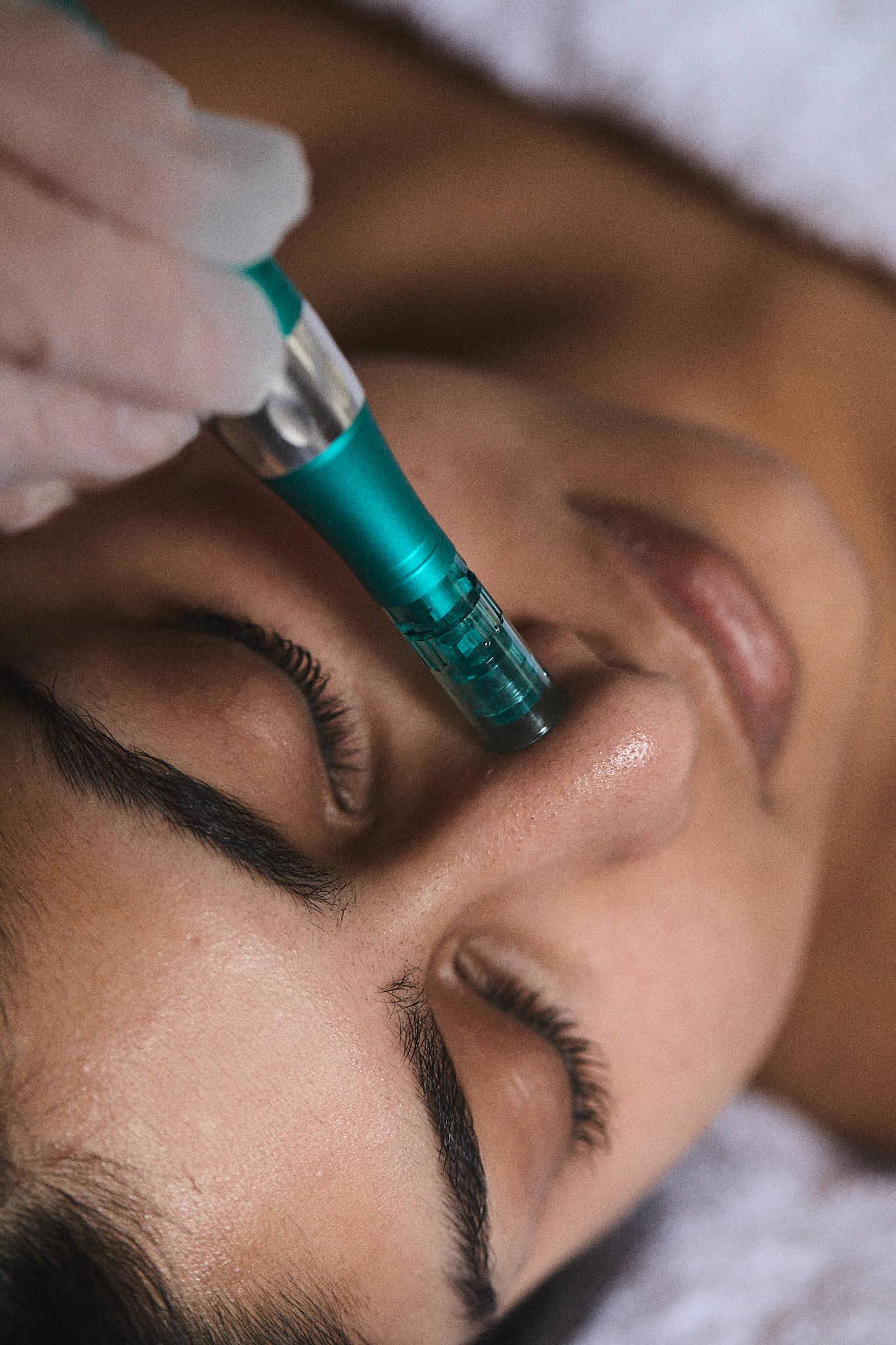



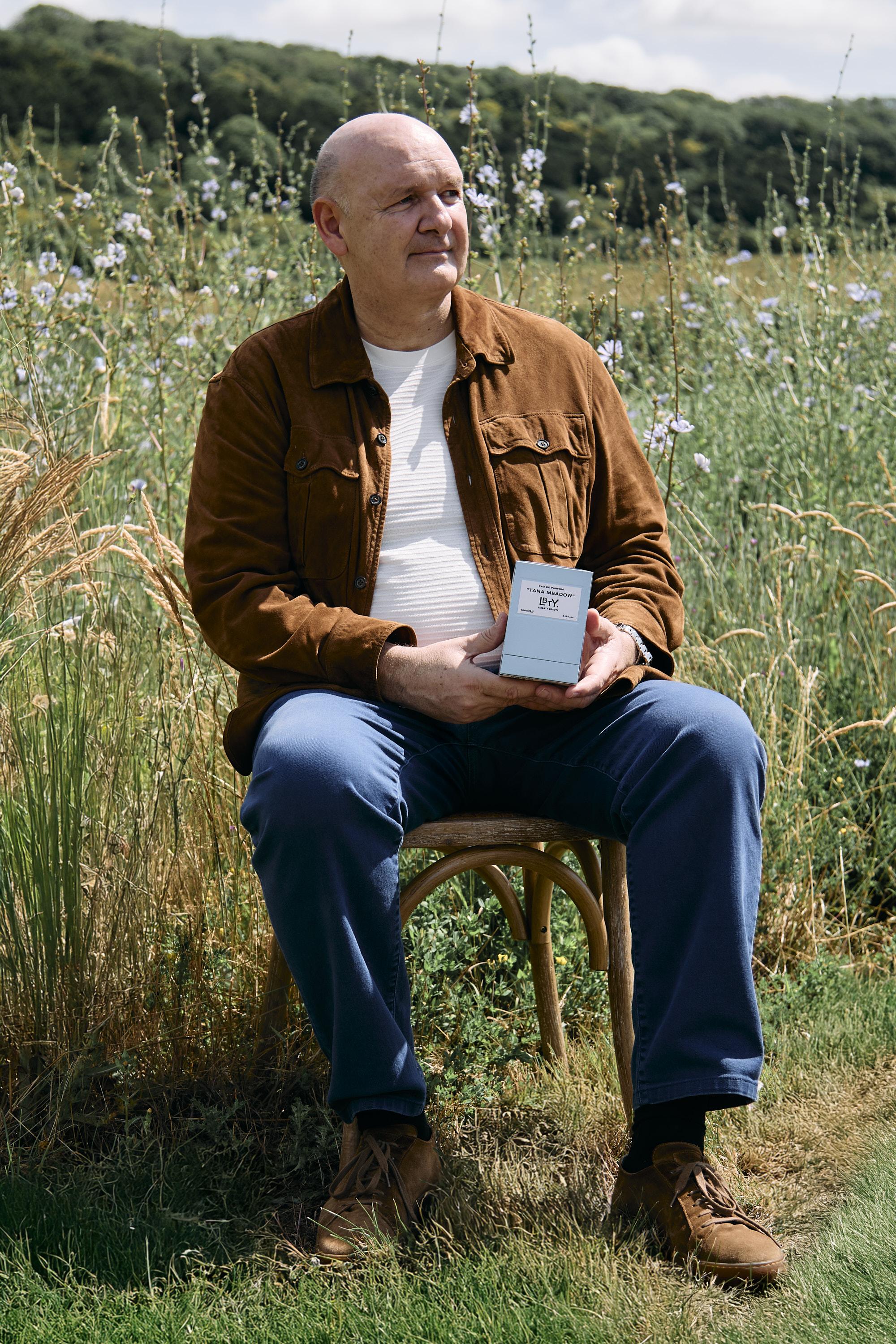




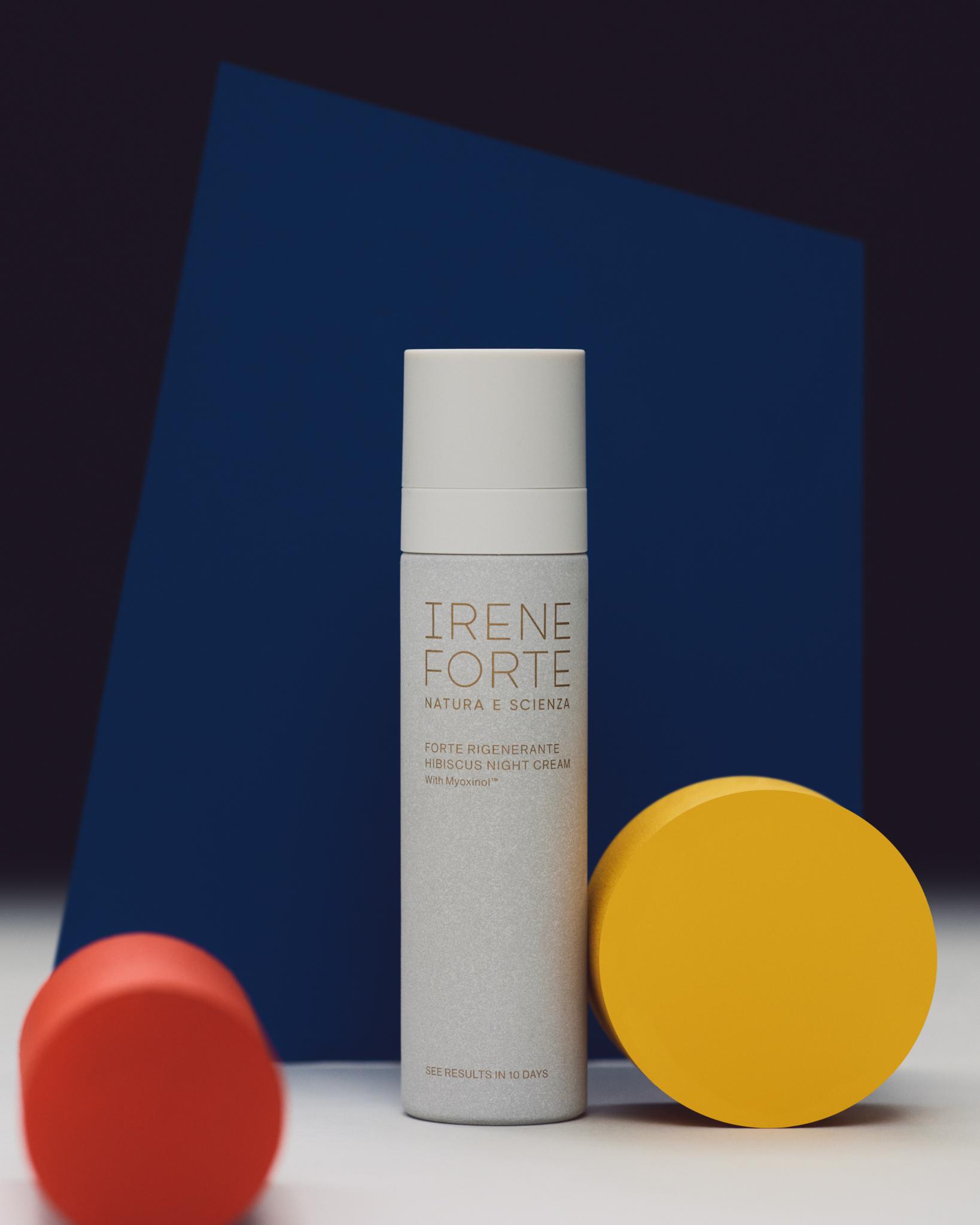




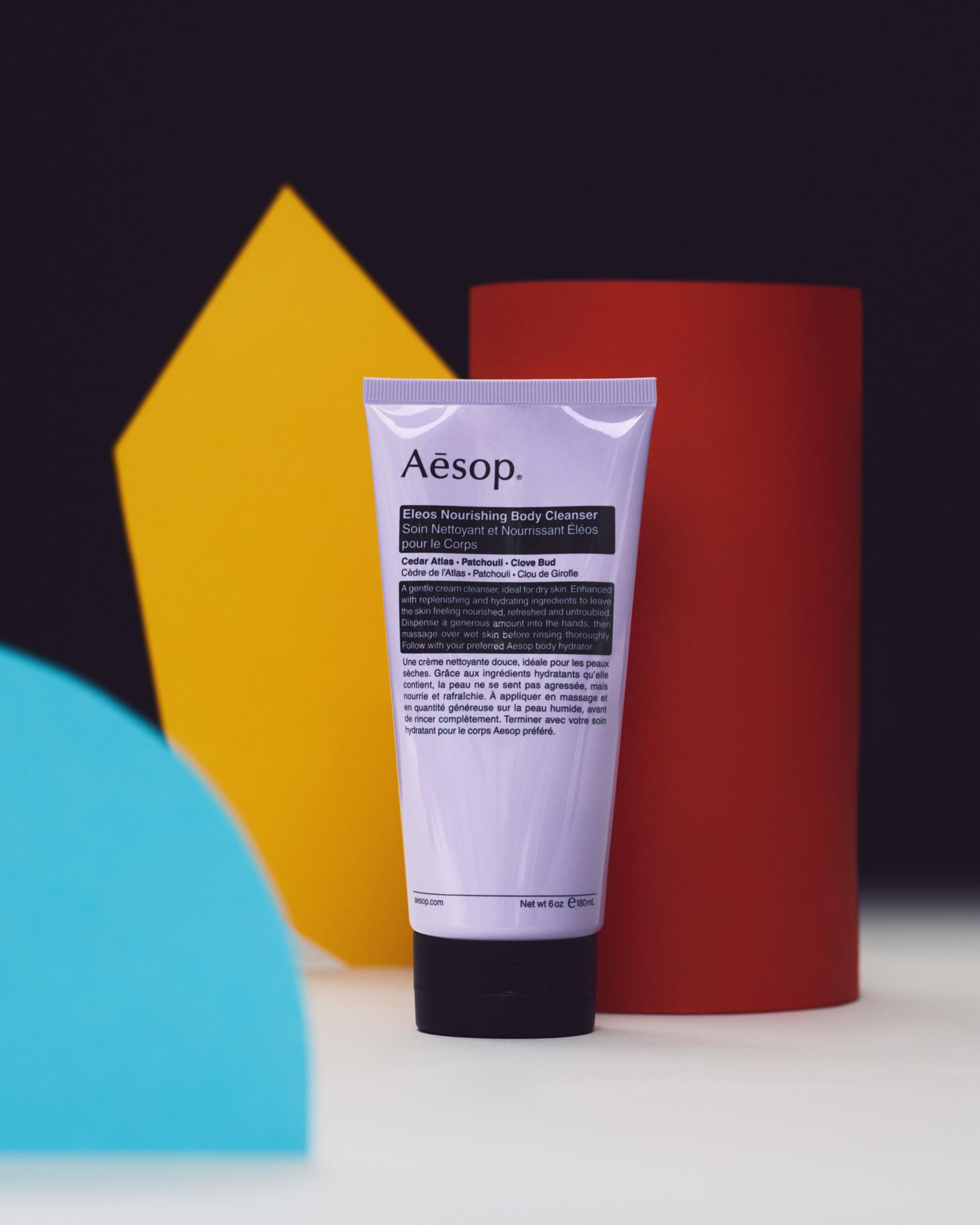
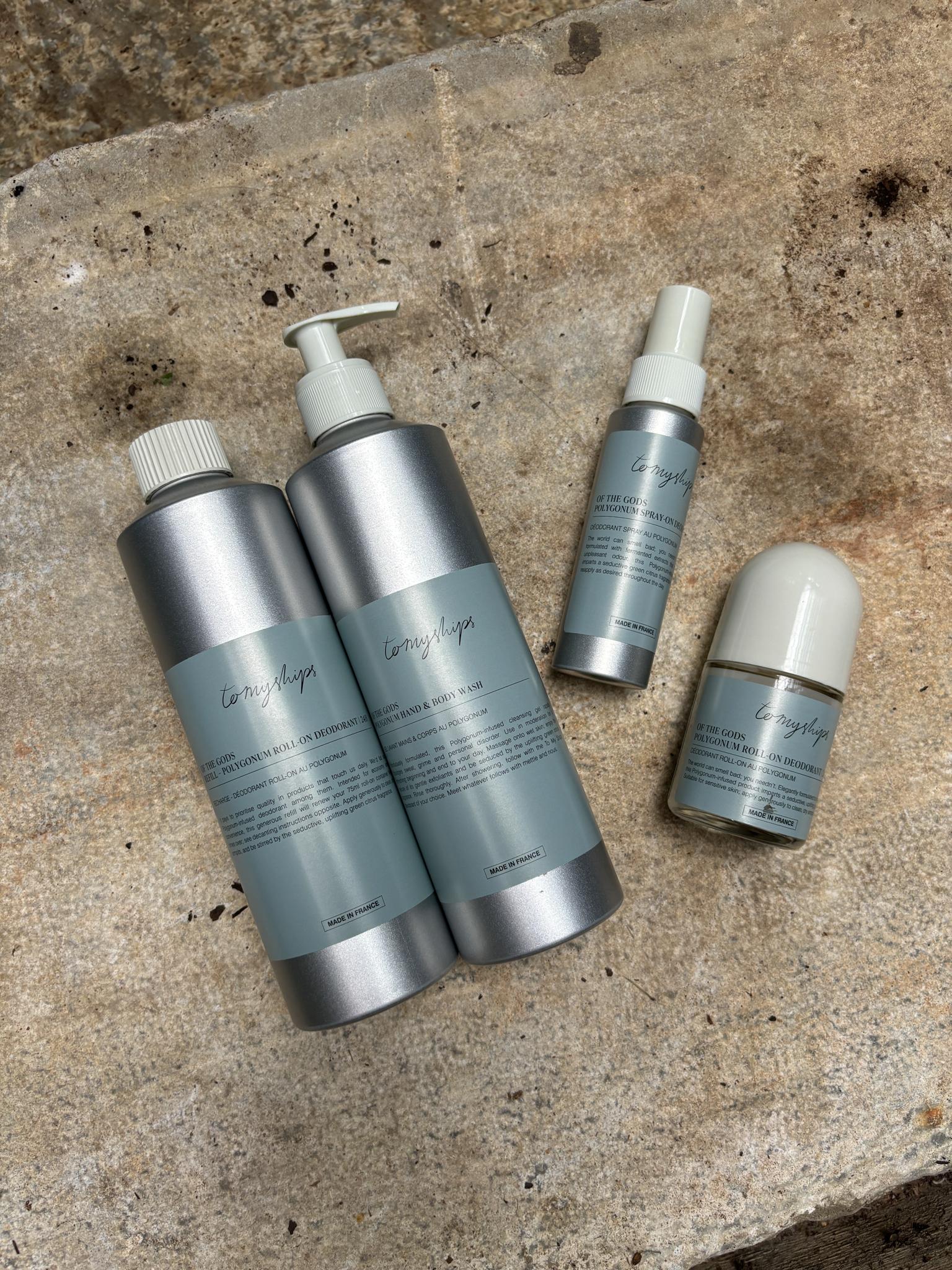



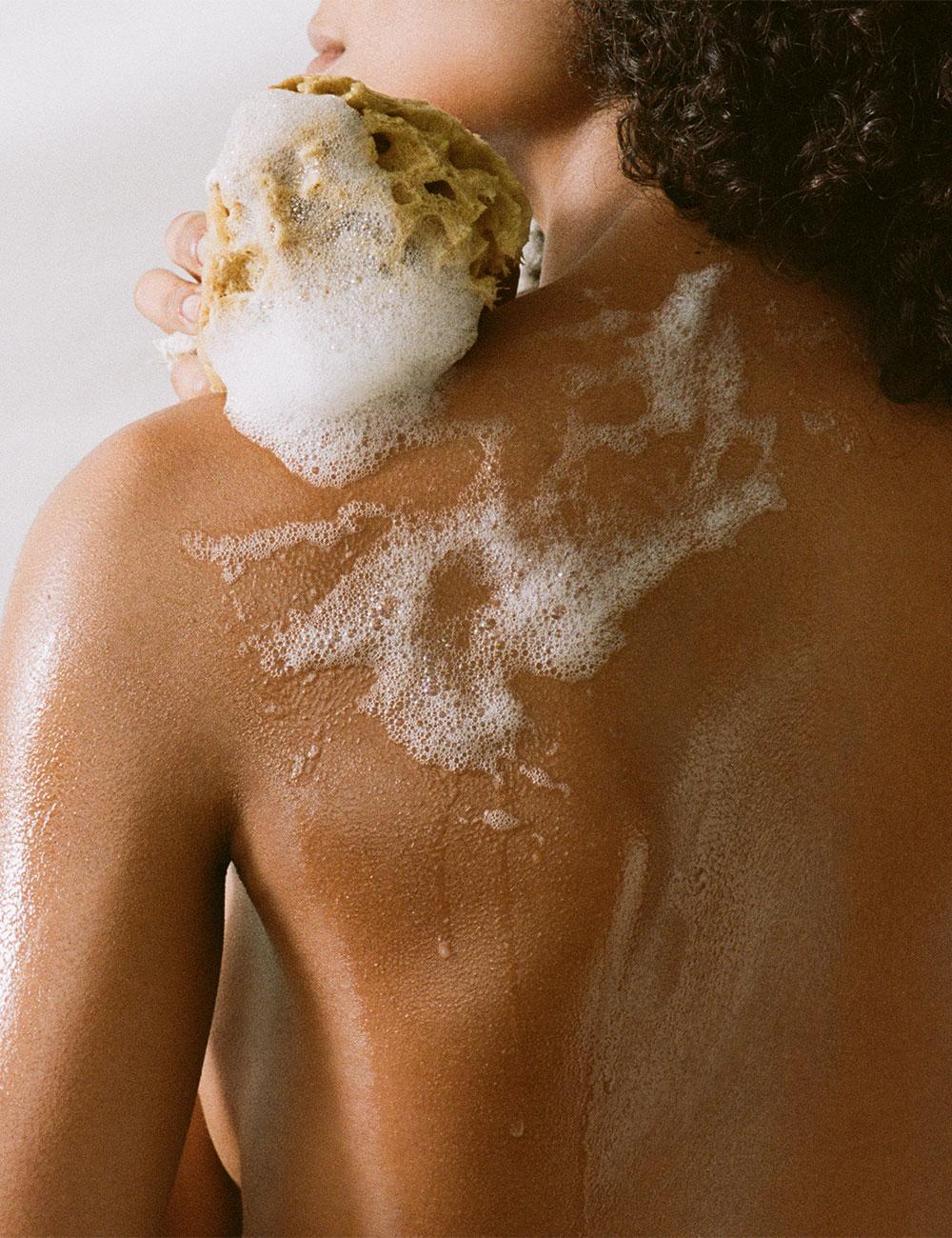



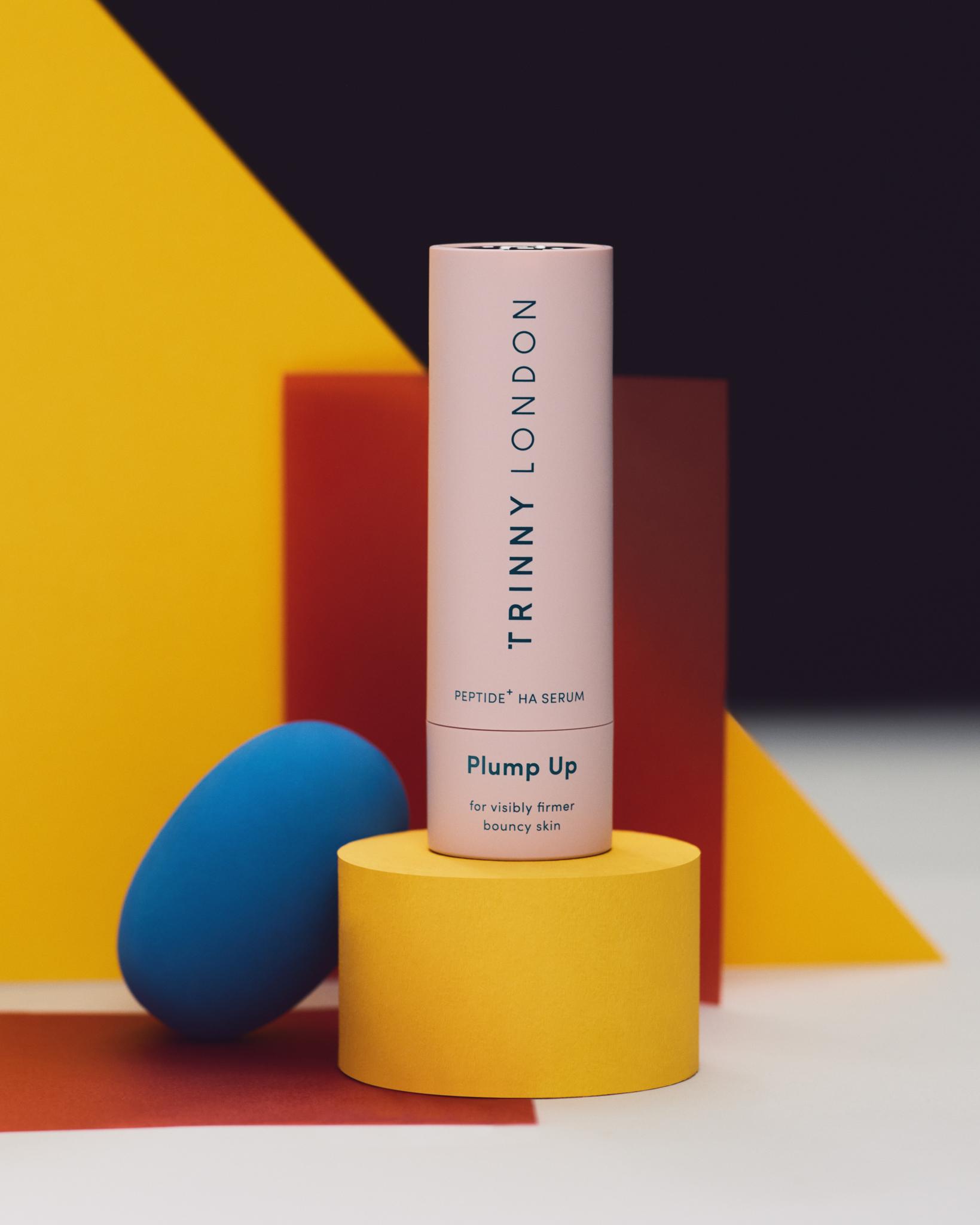
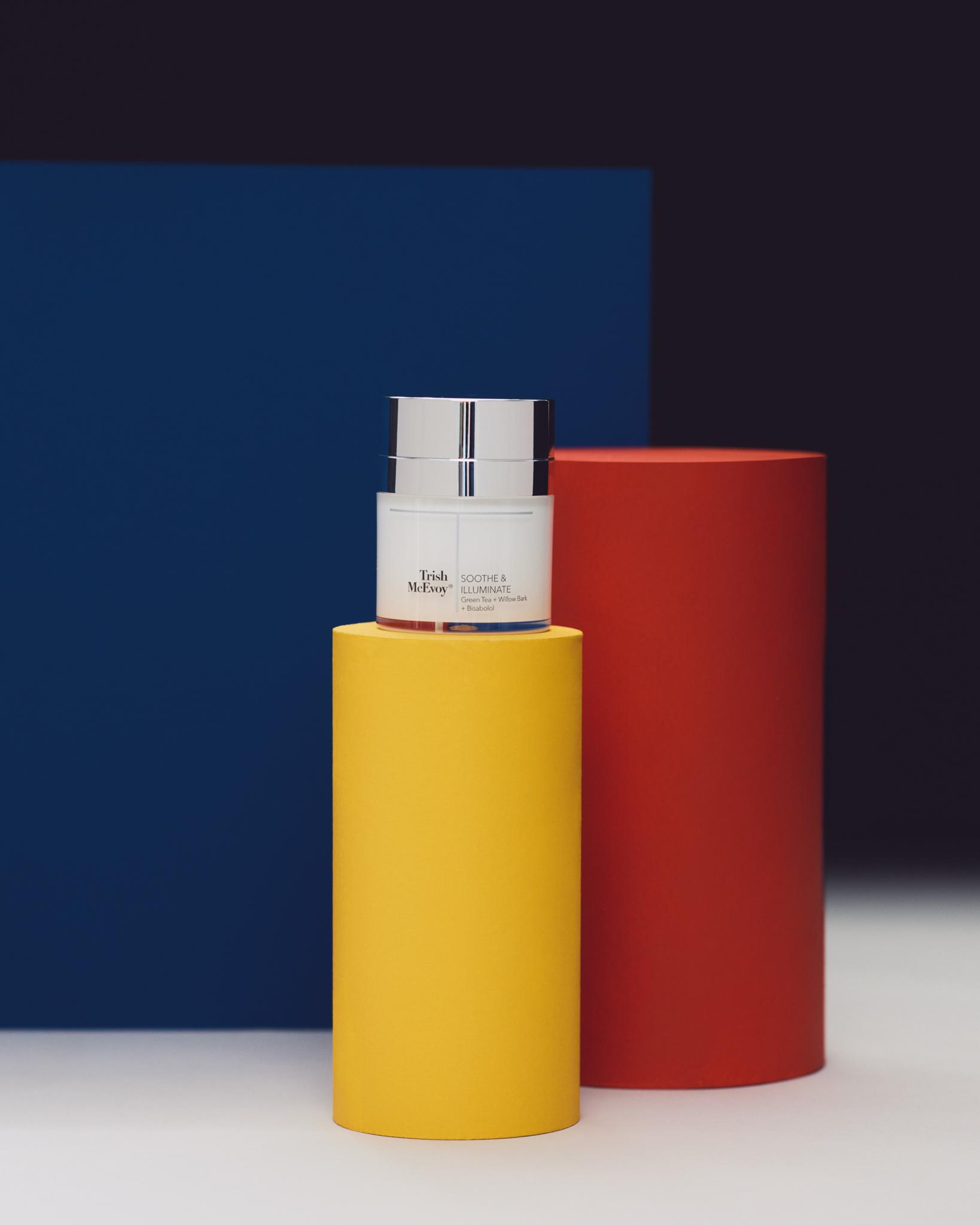
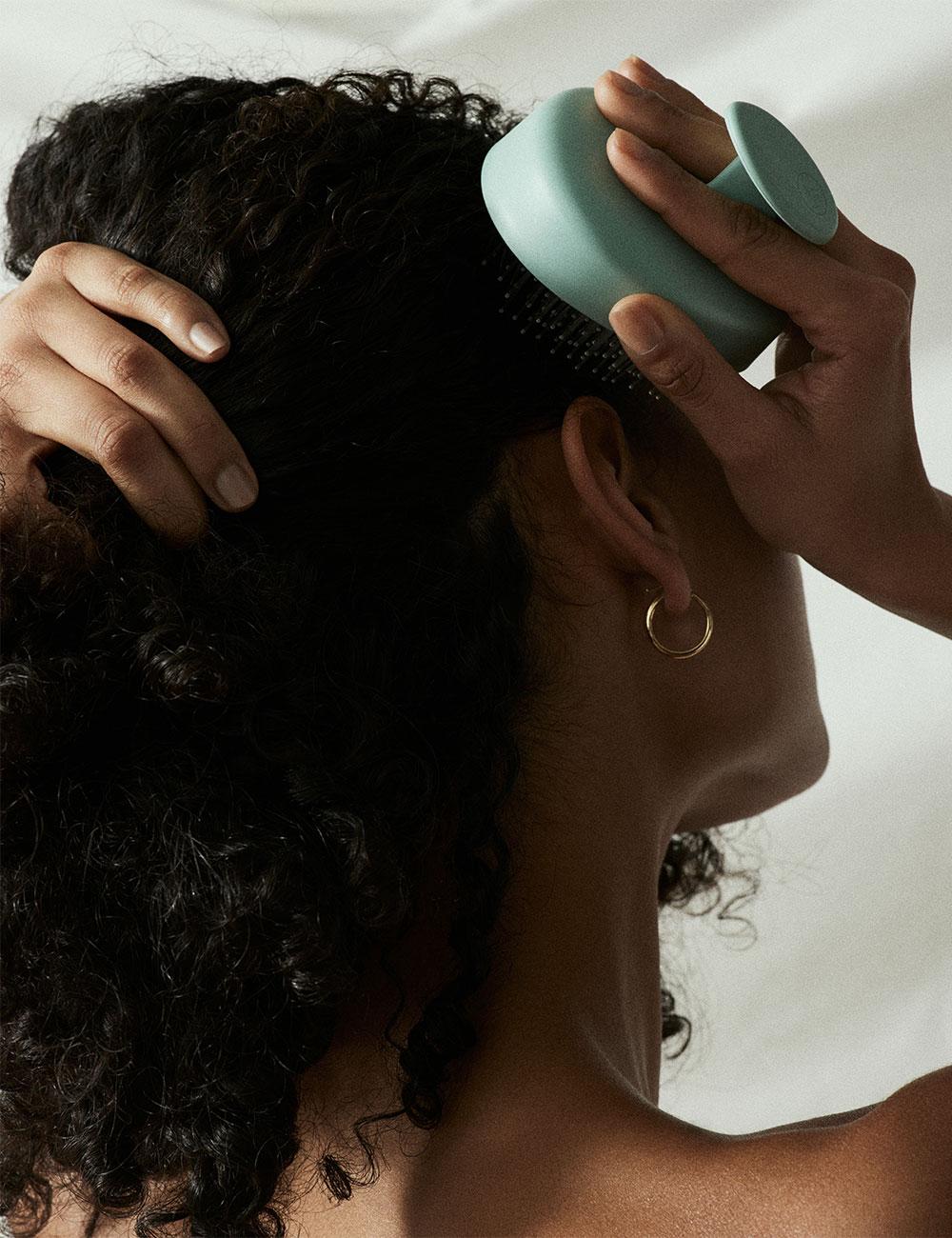




?fmt=auto&qlt=default)

